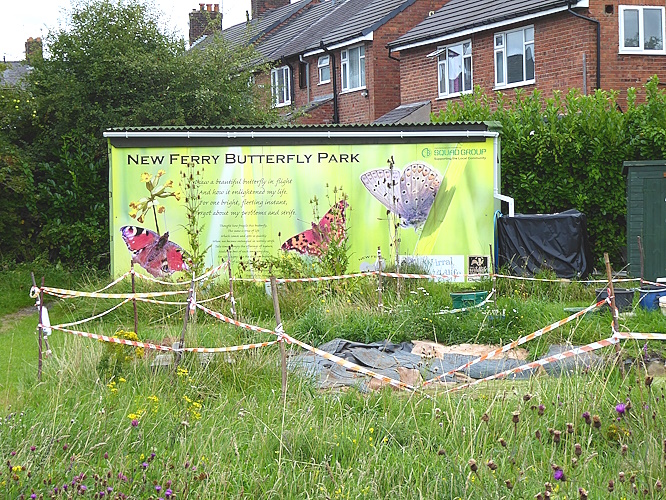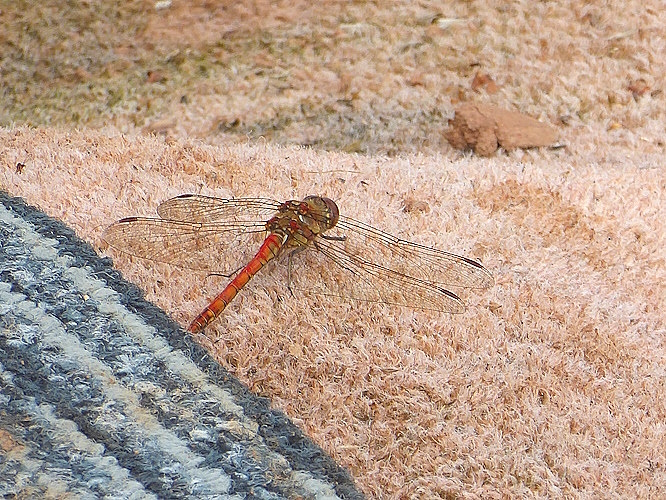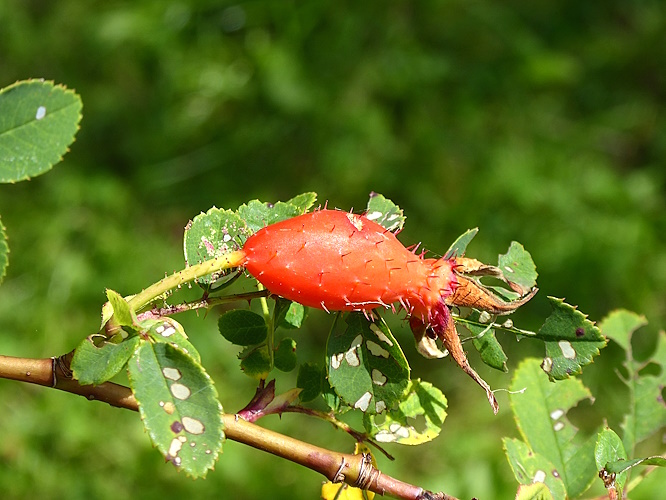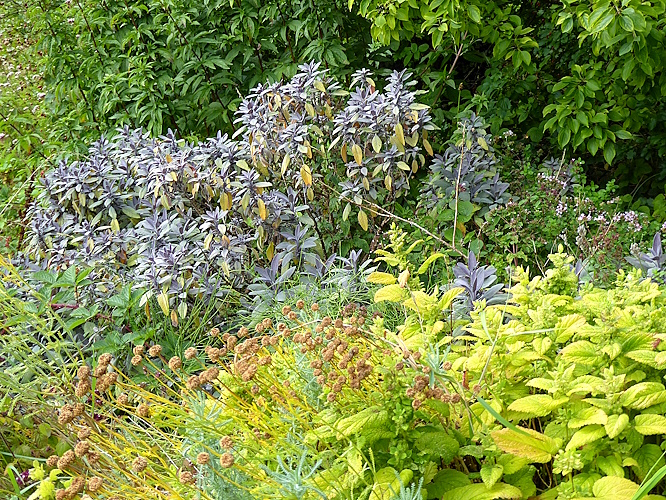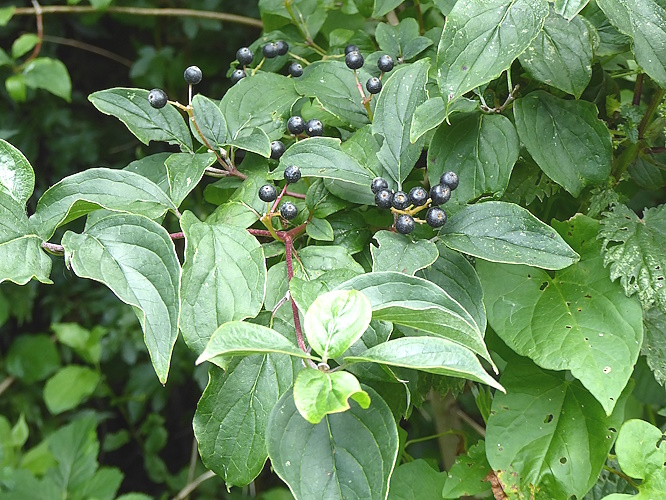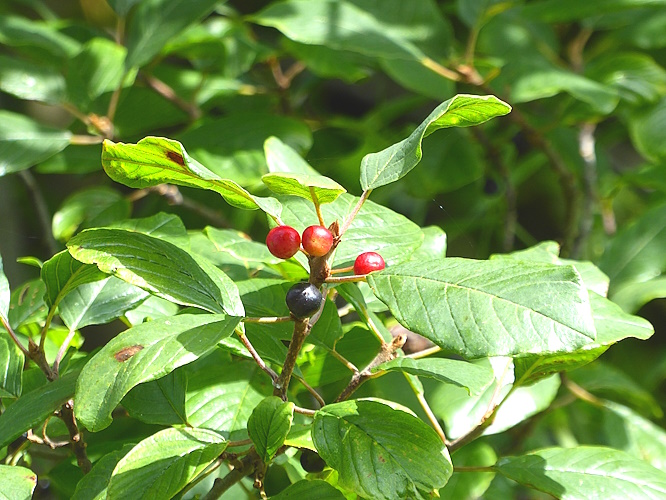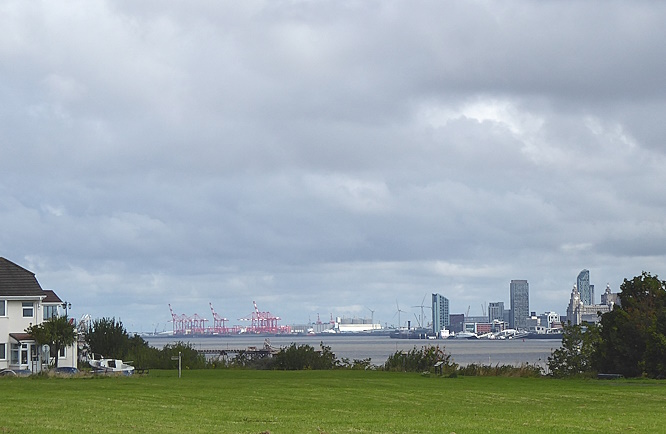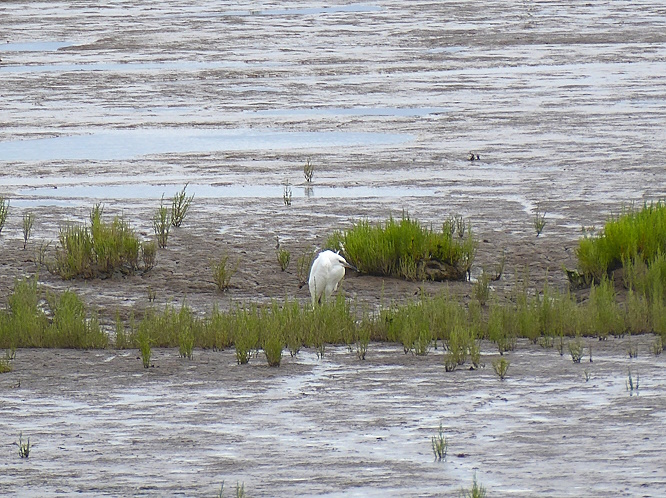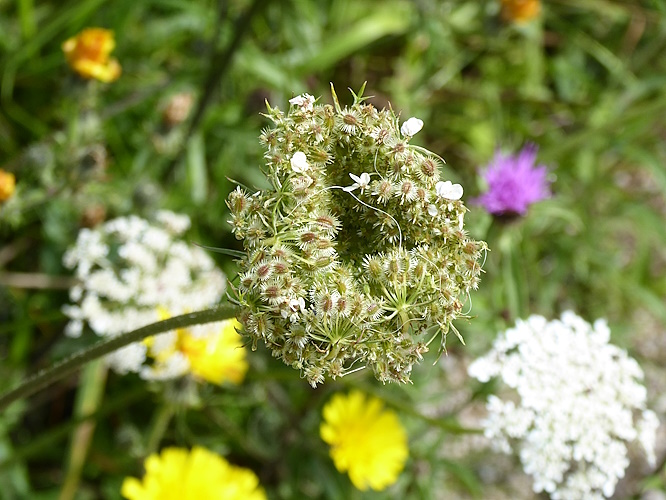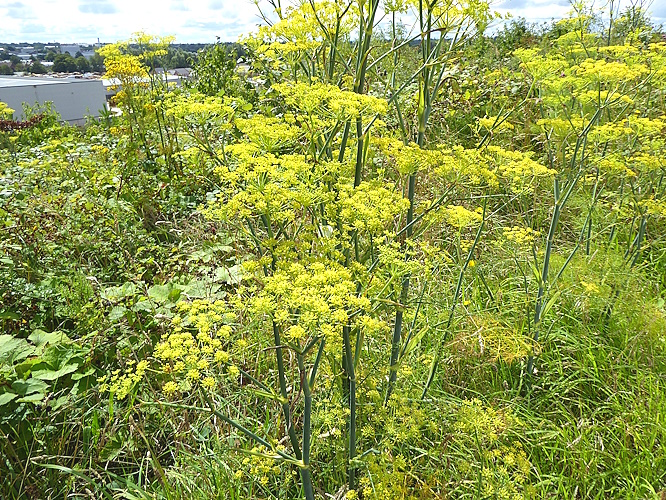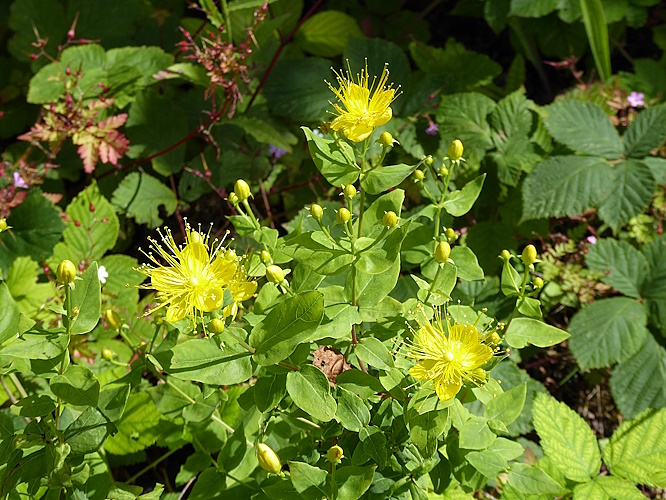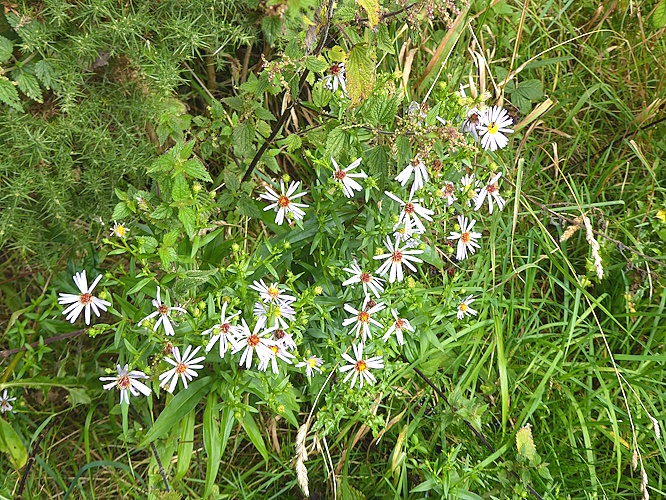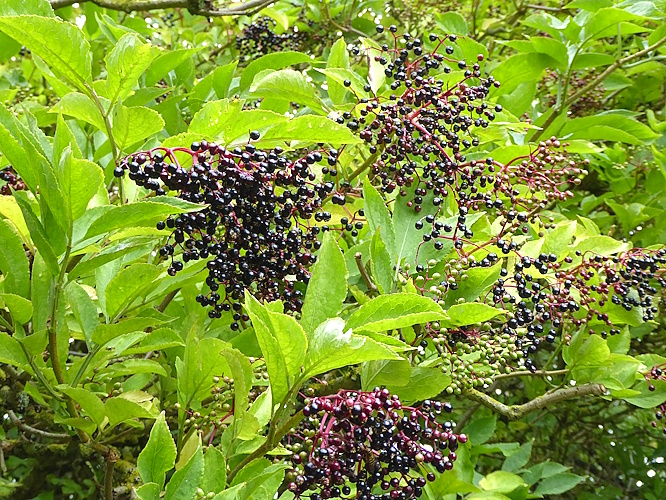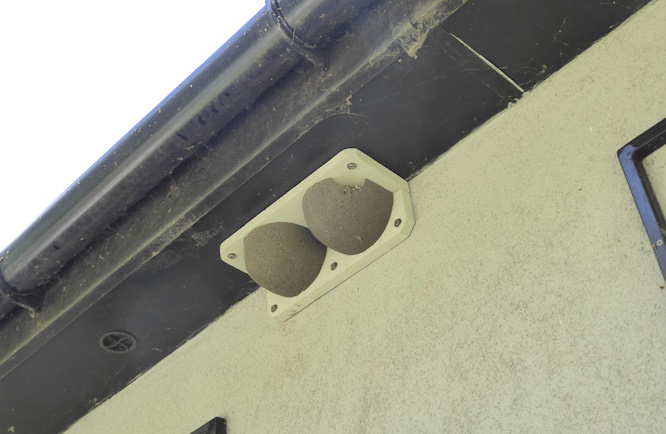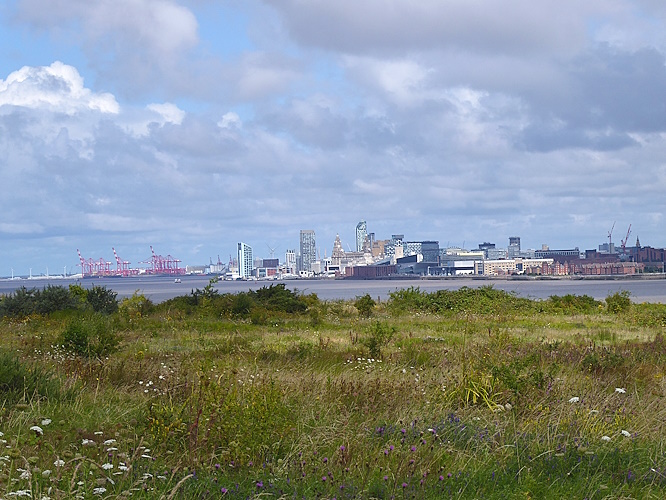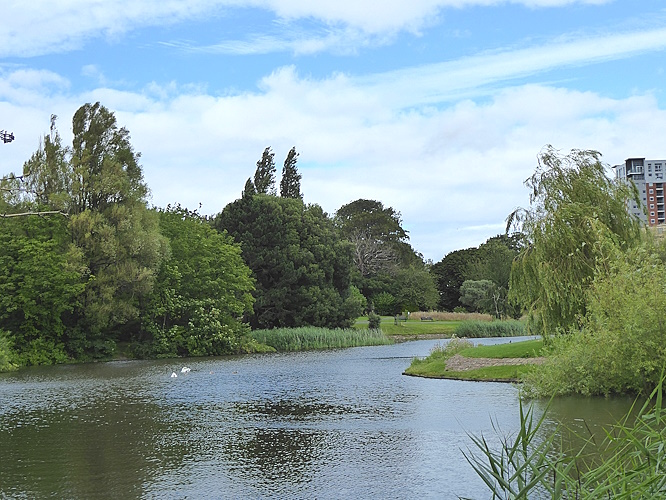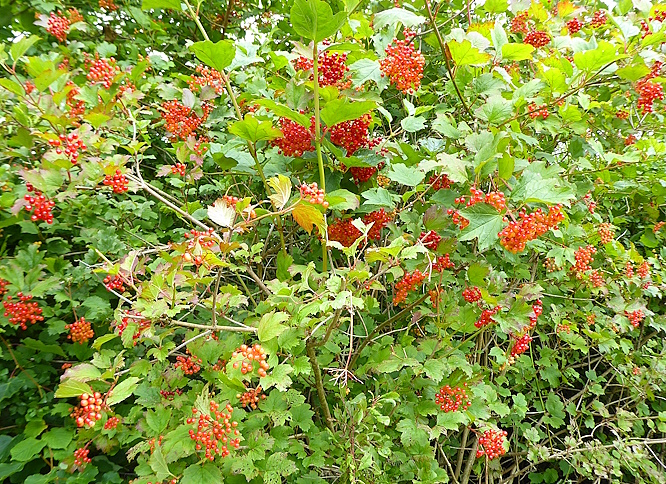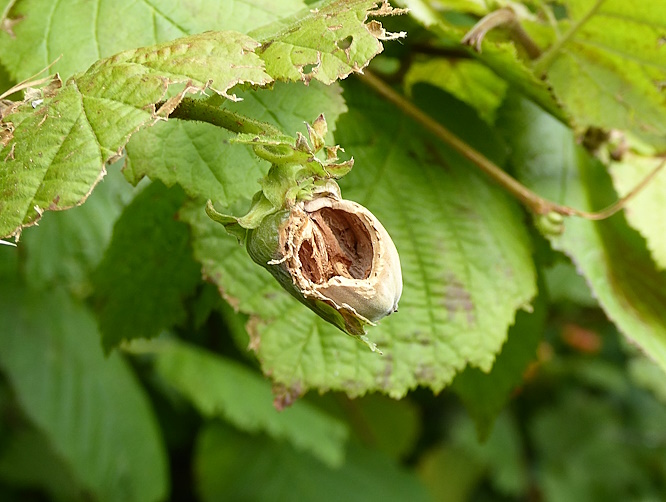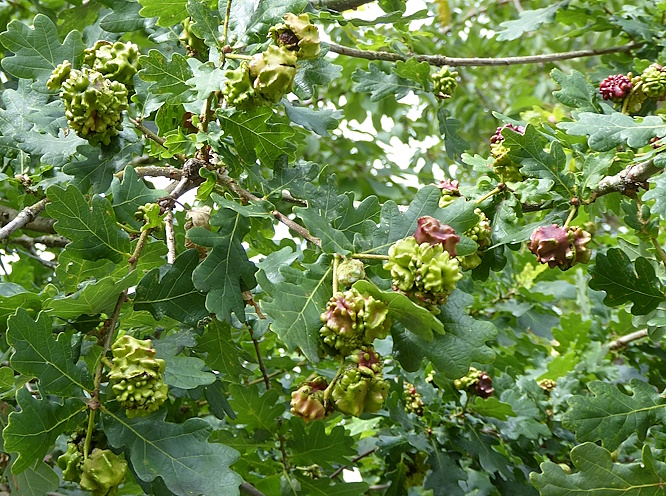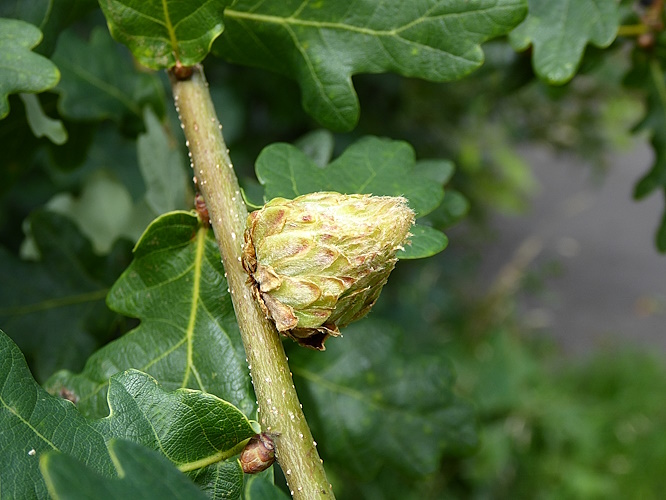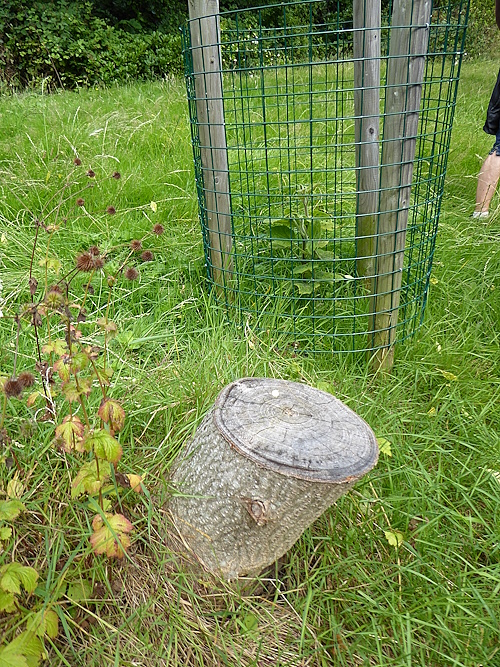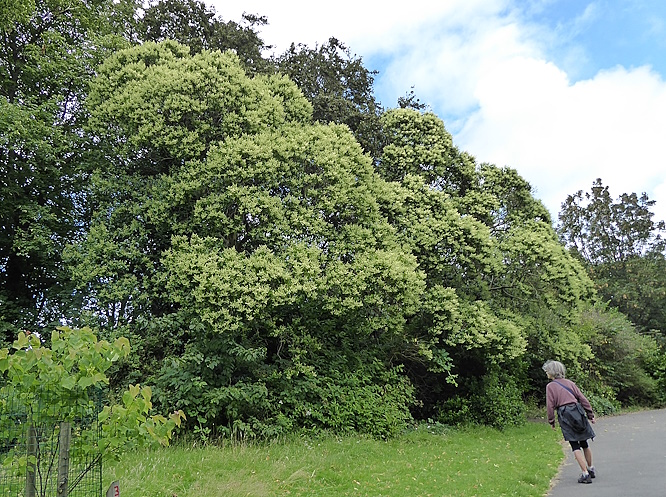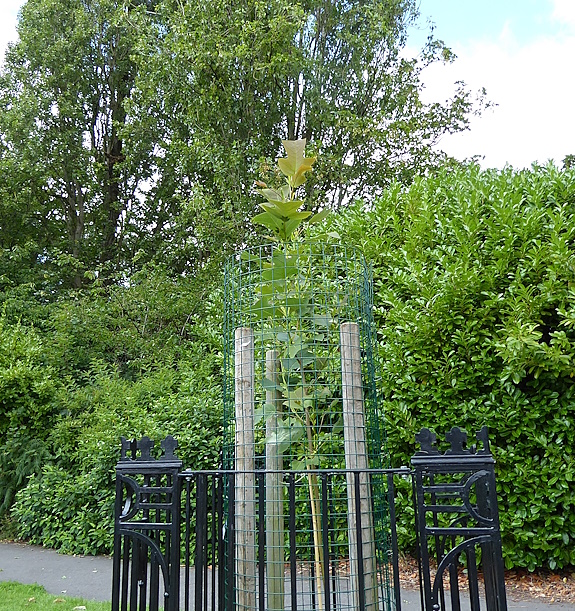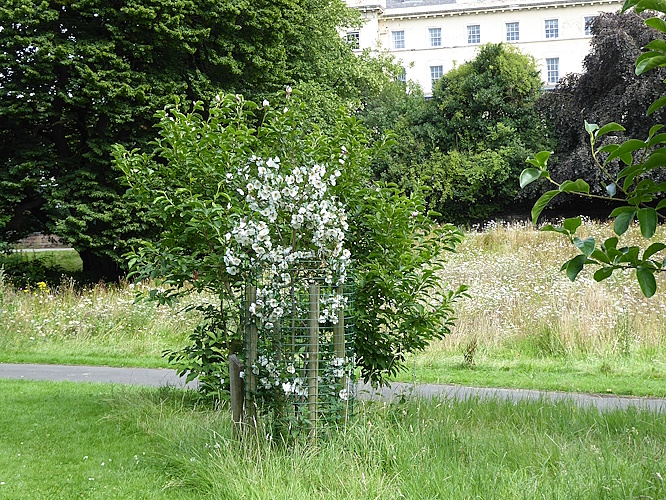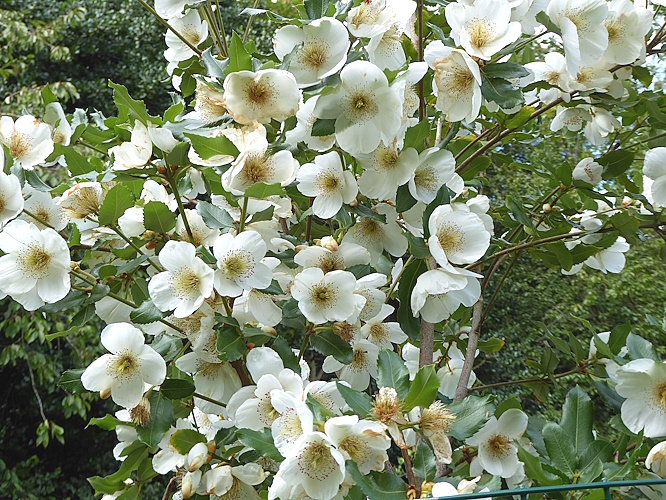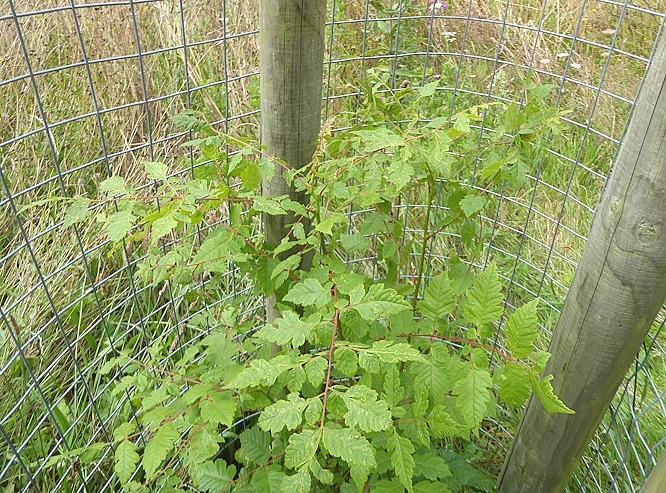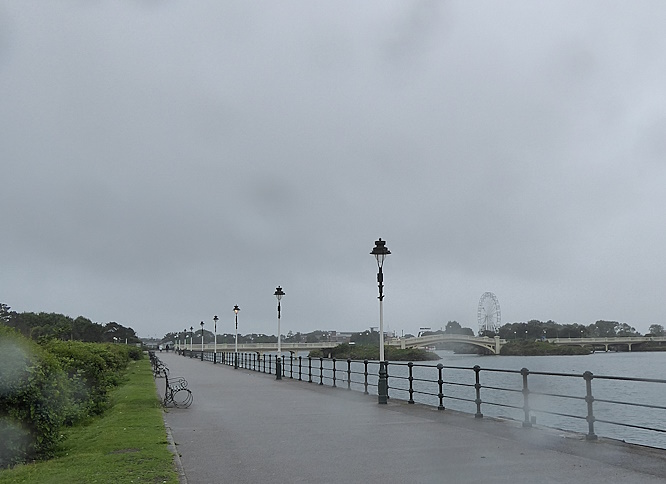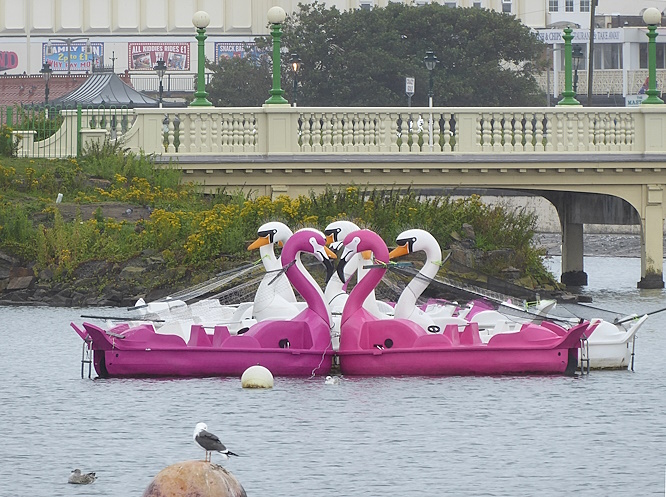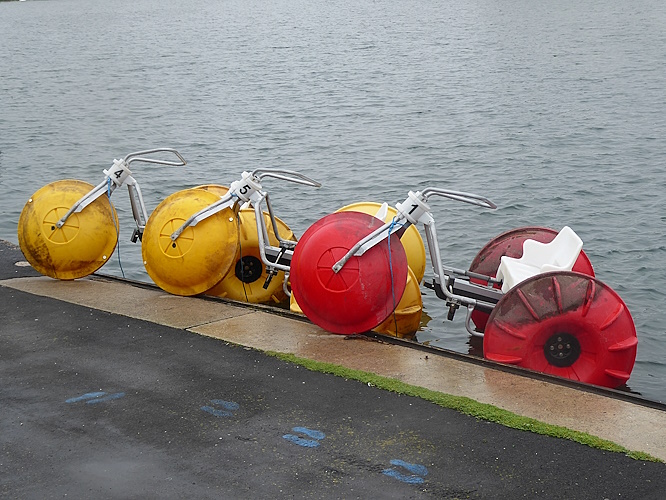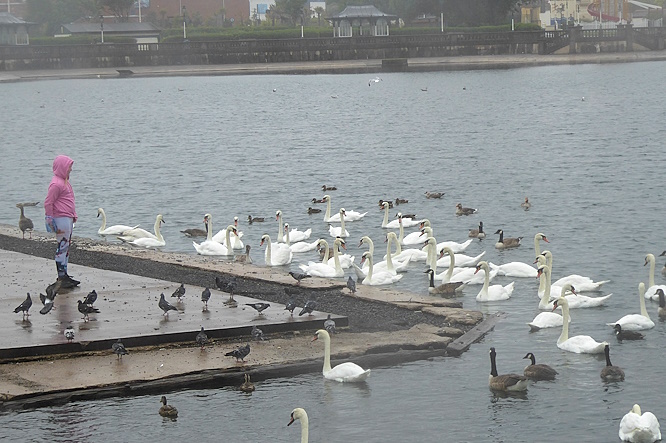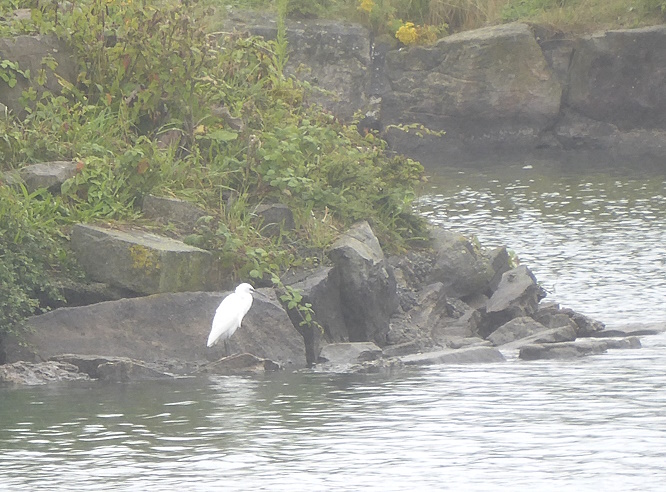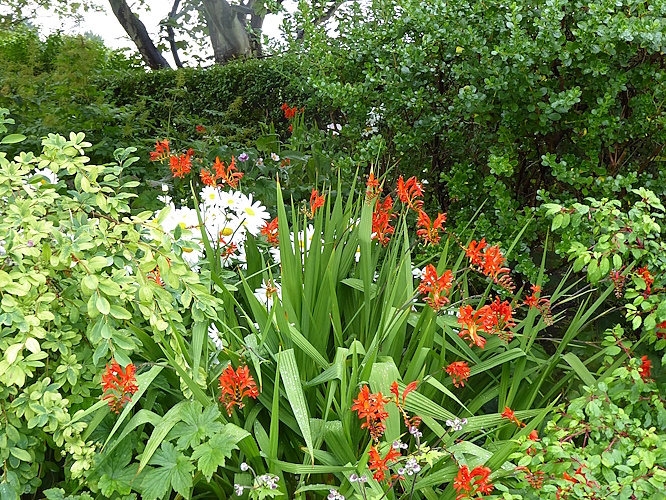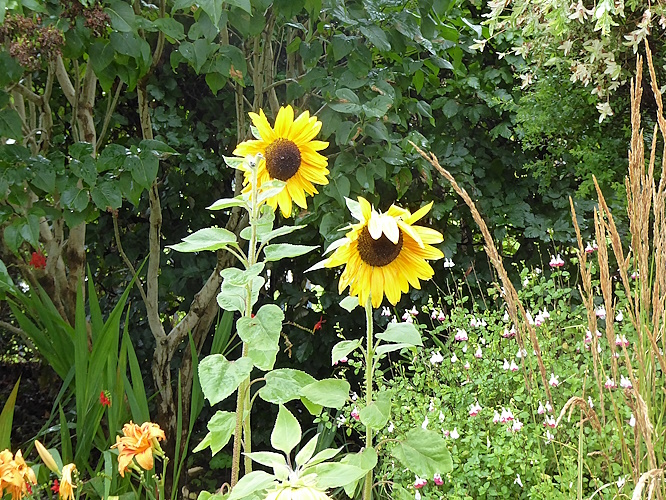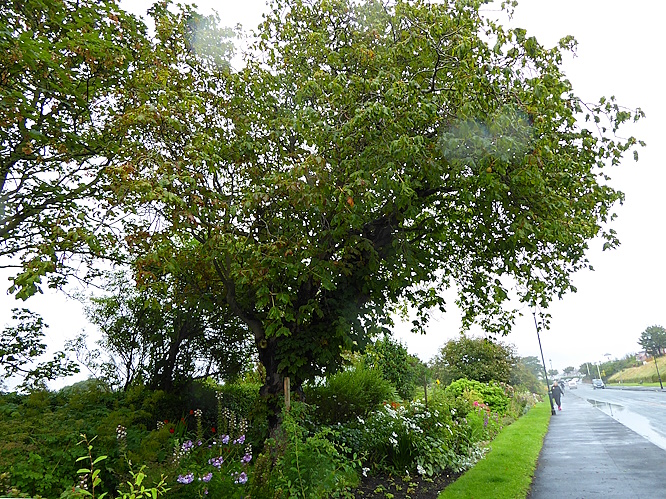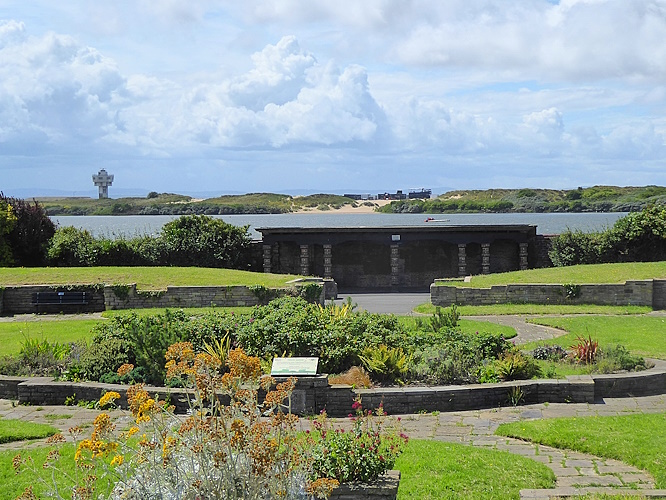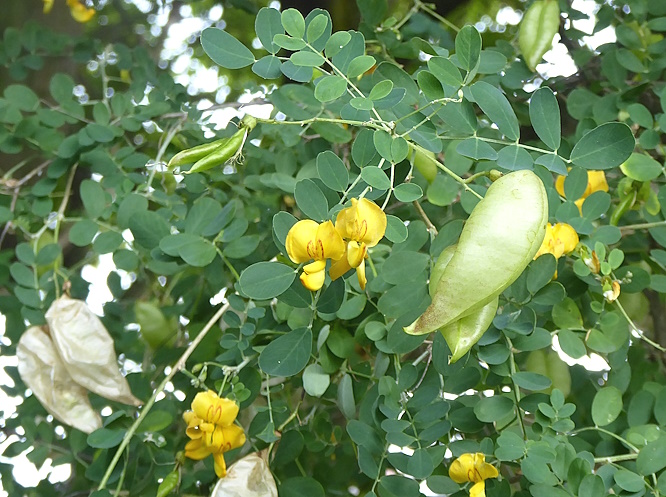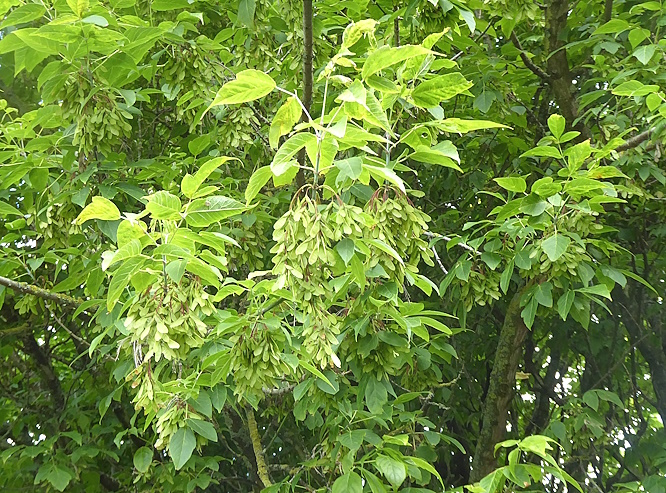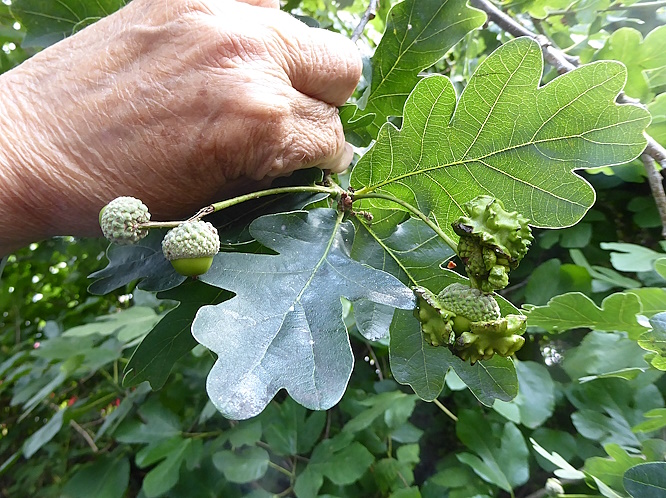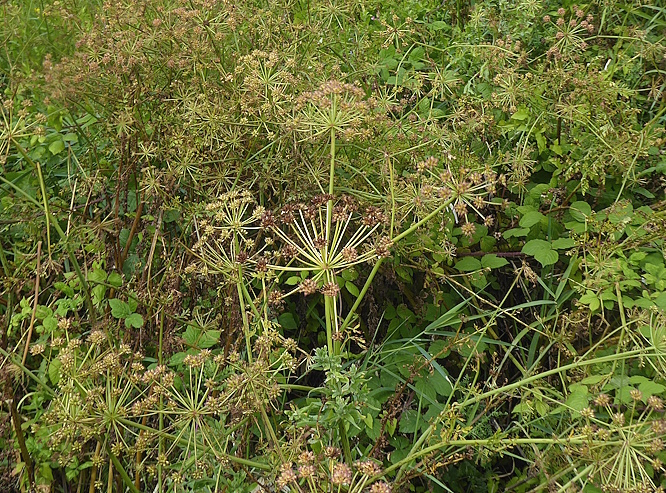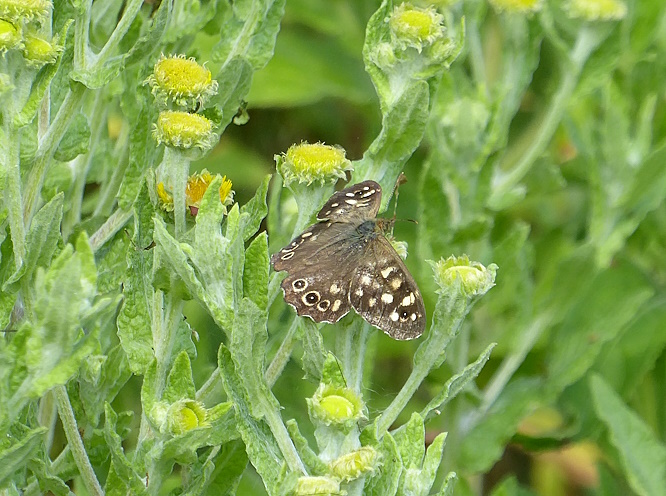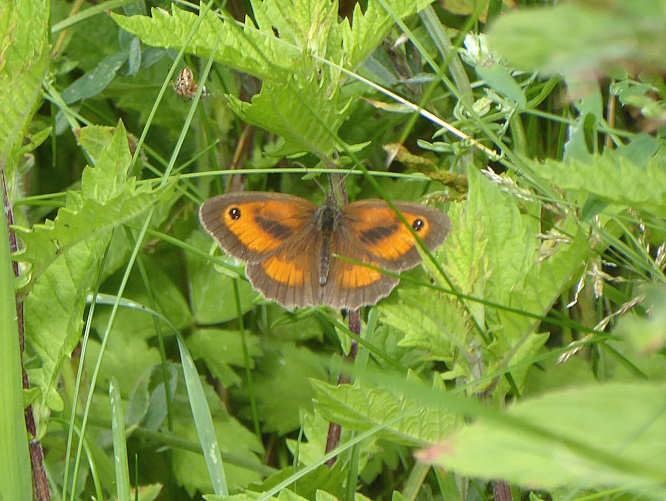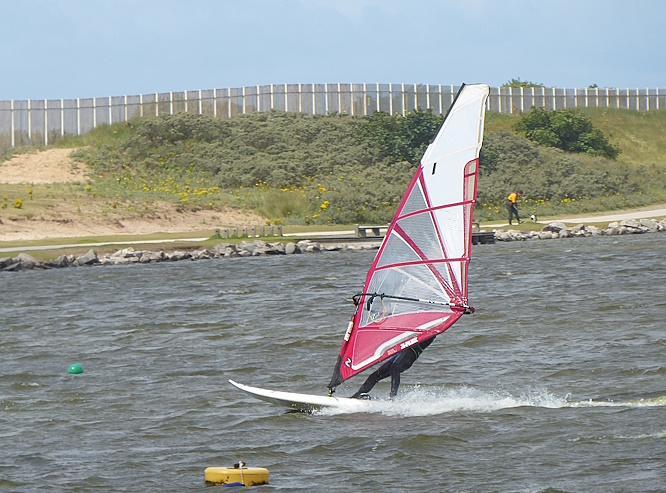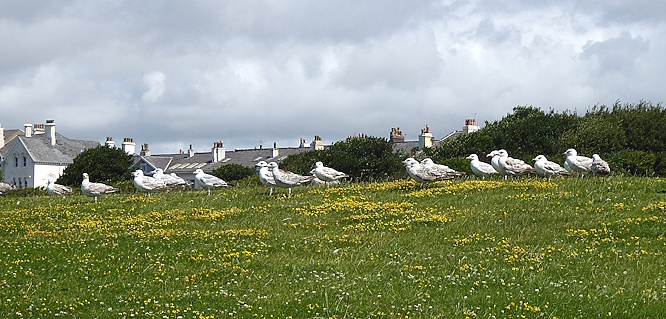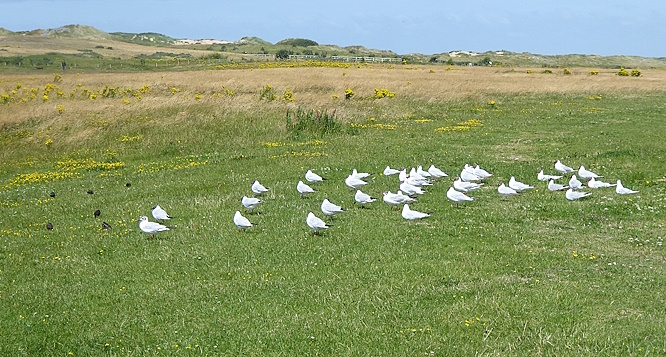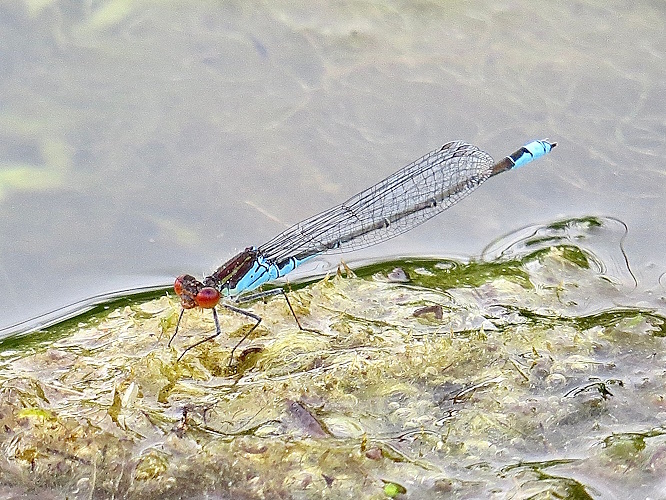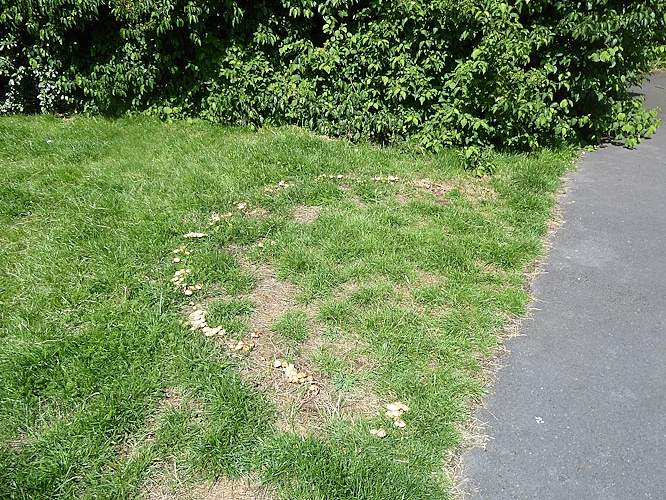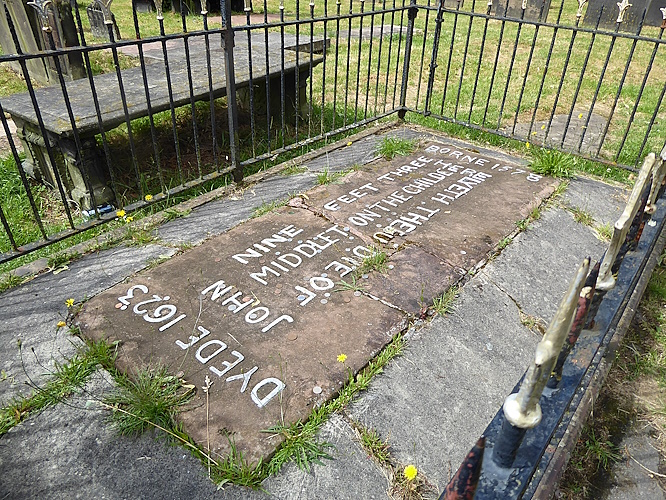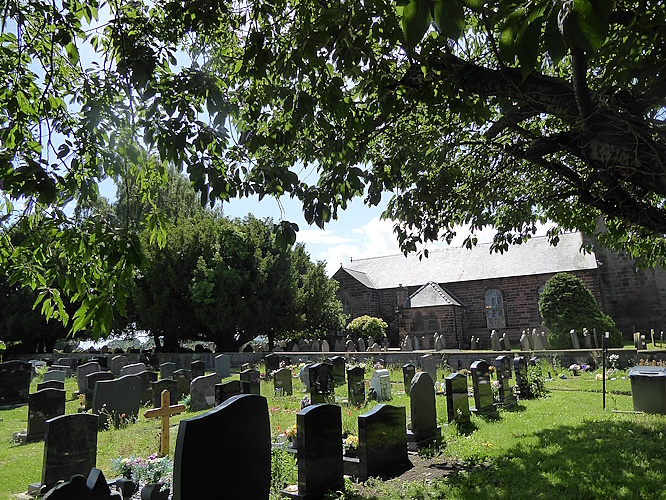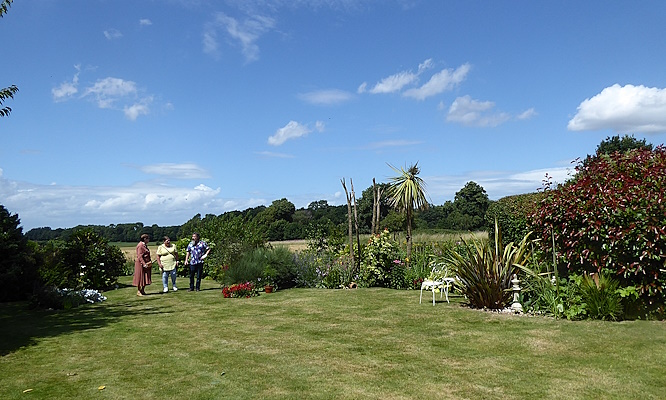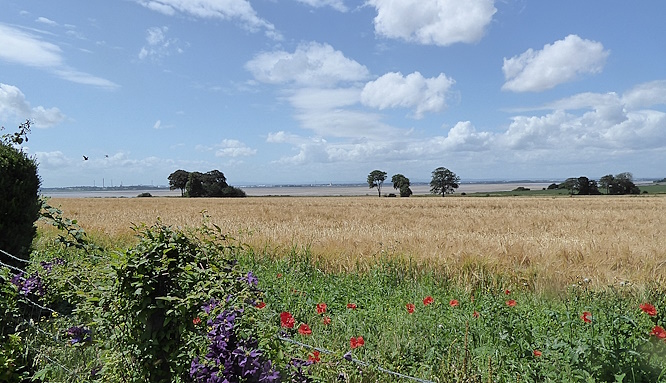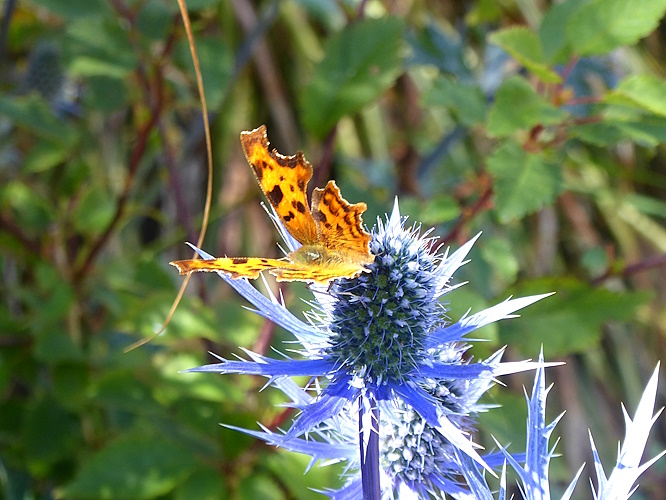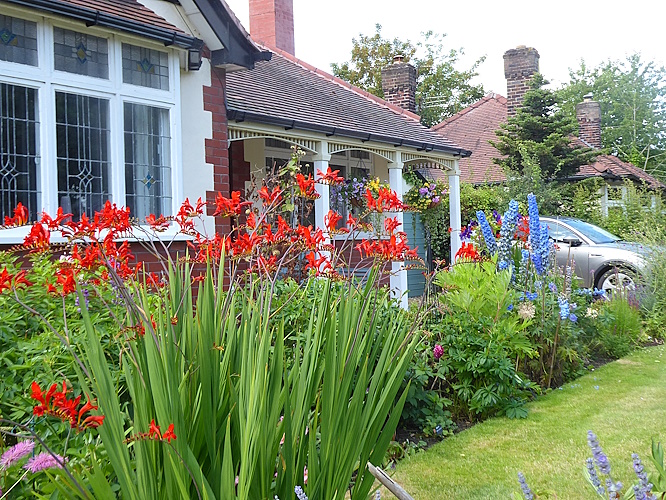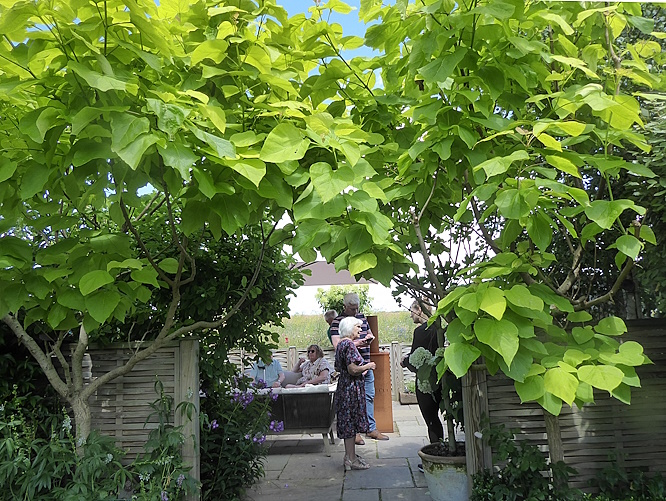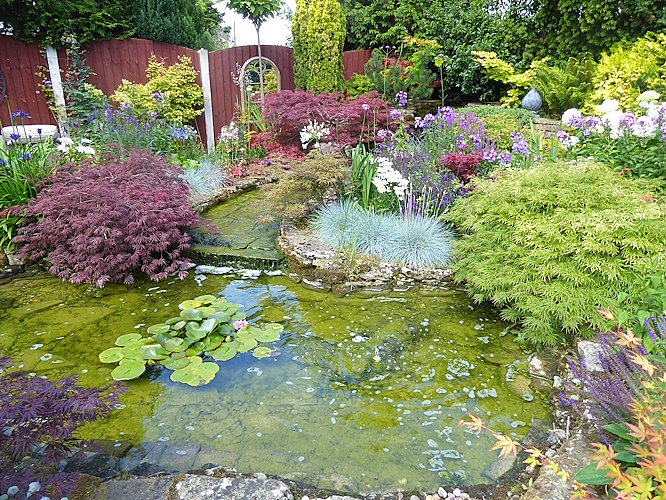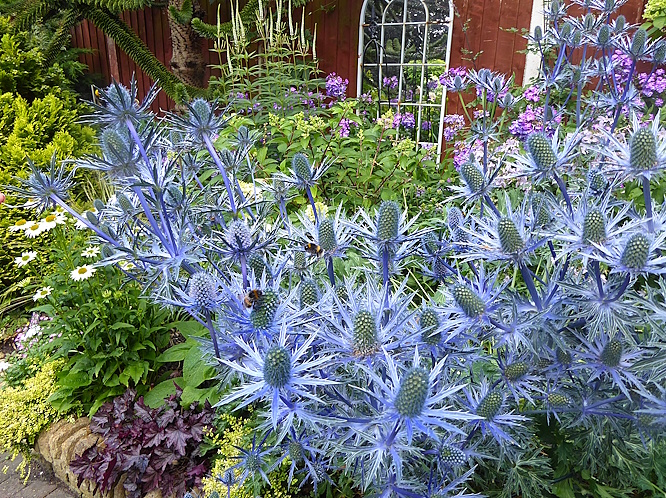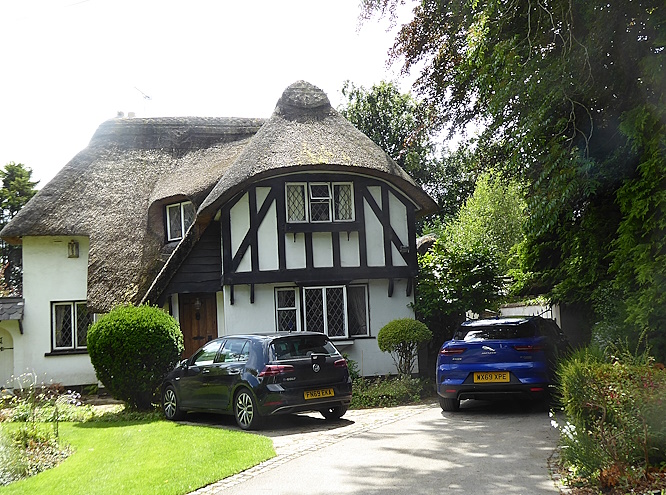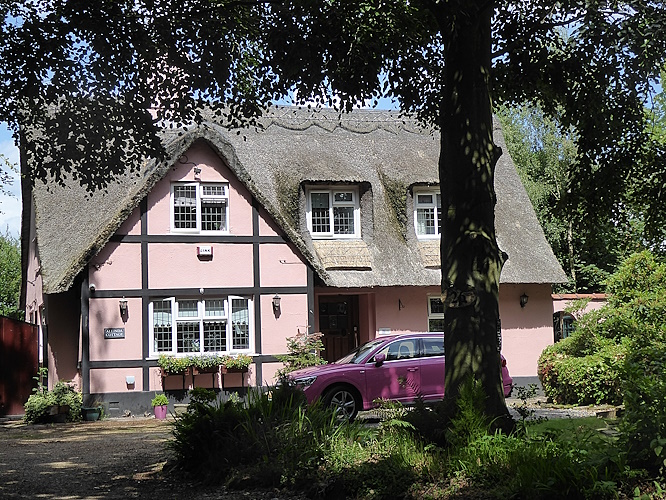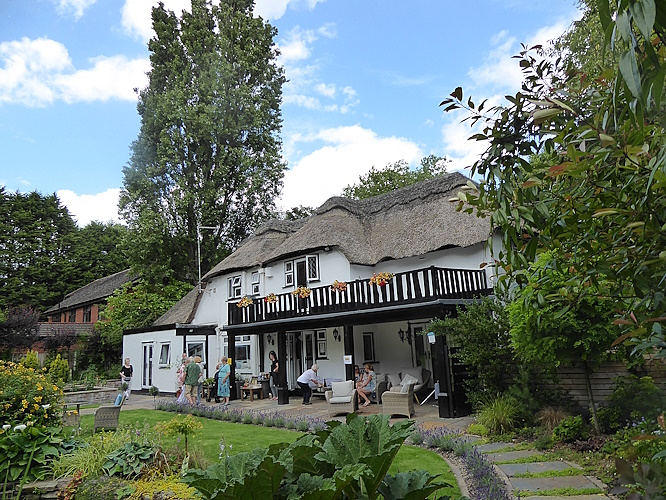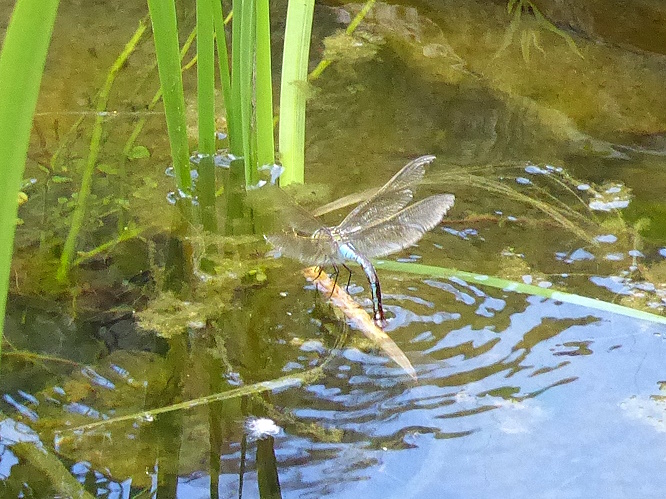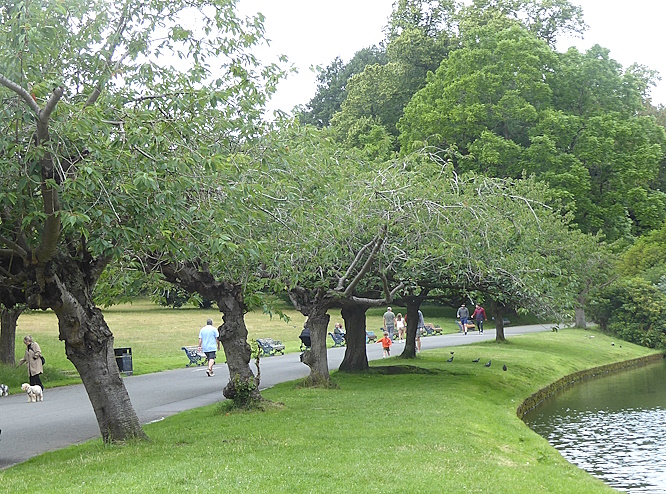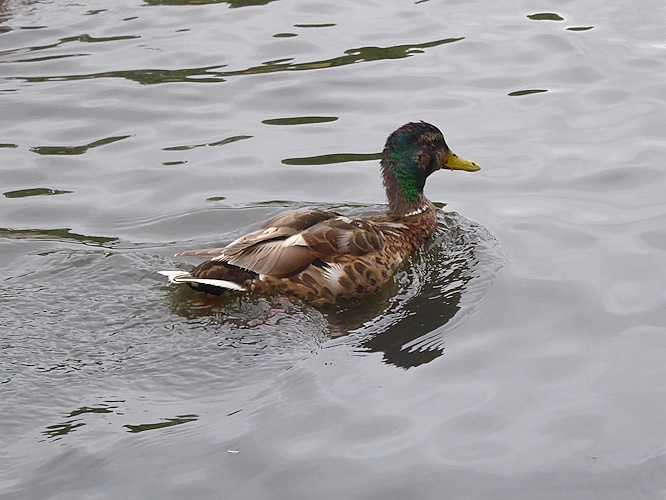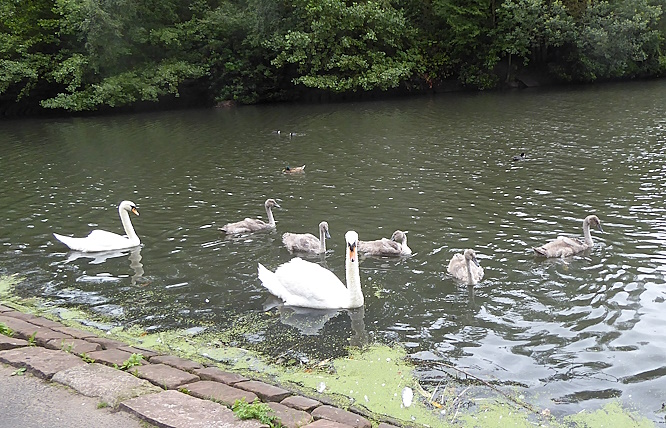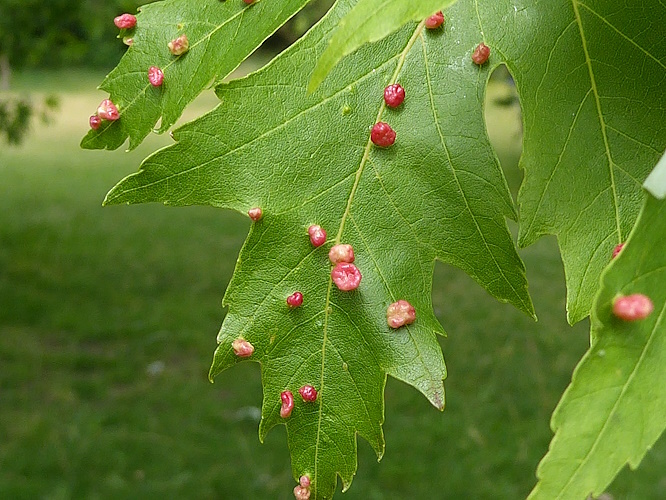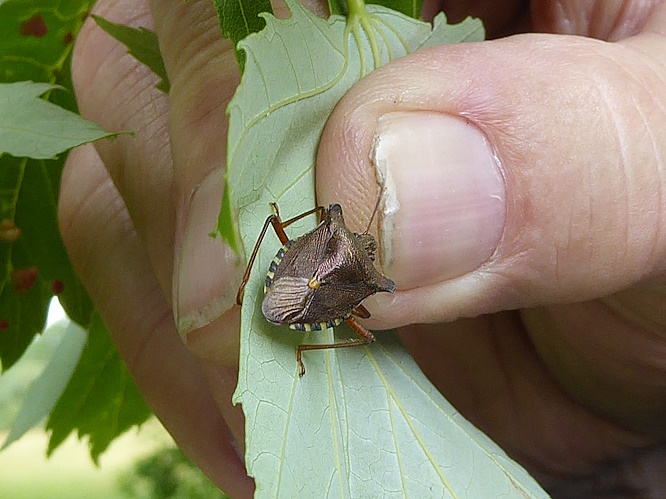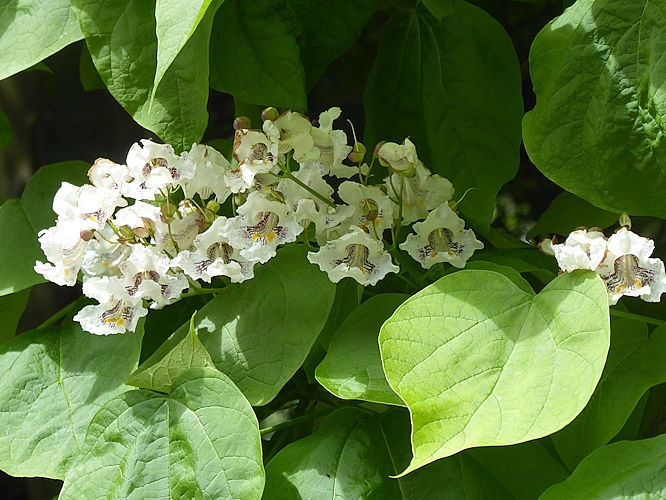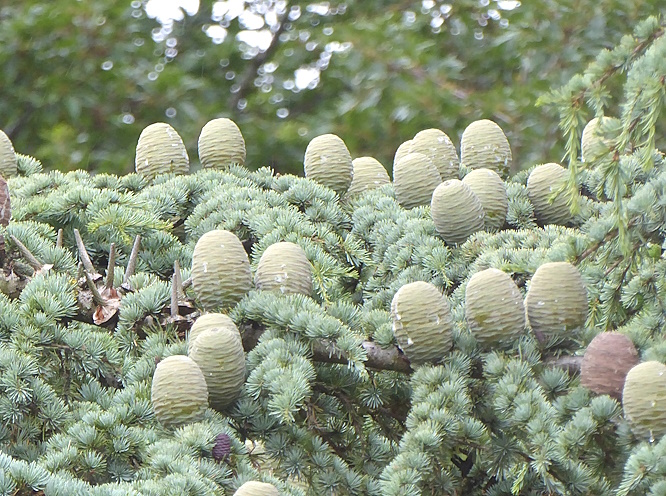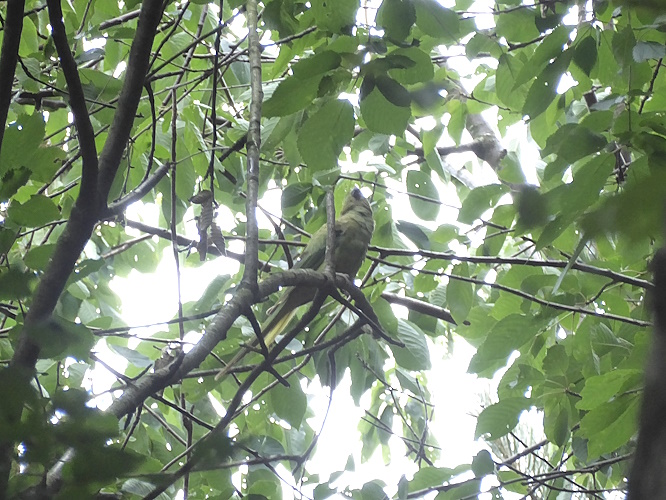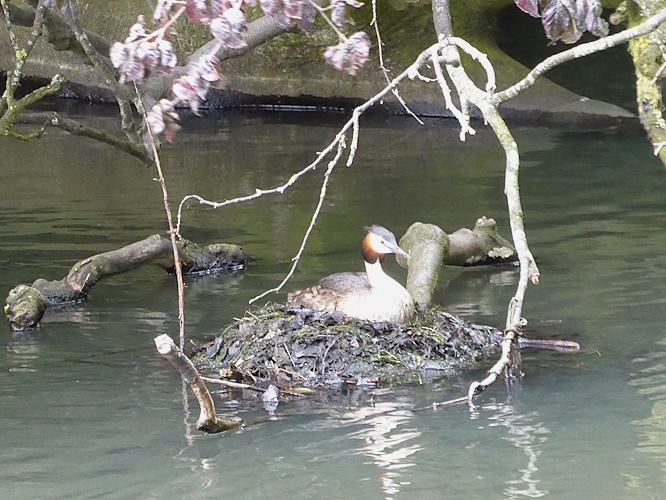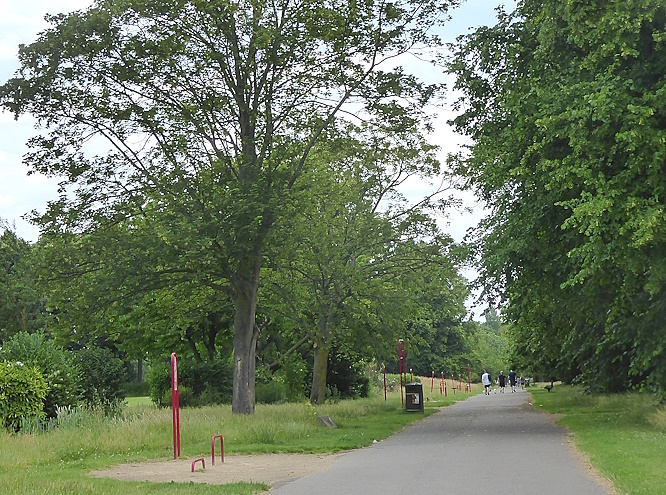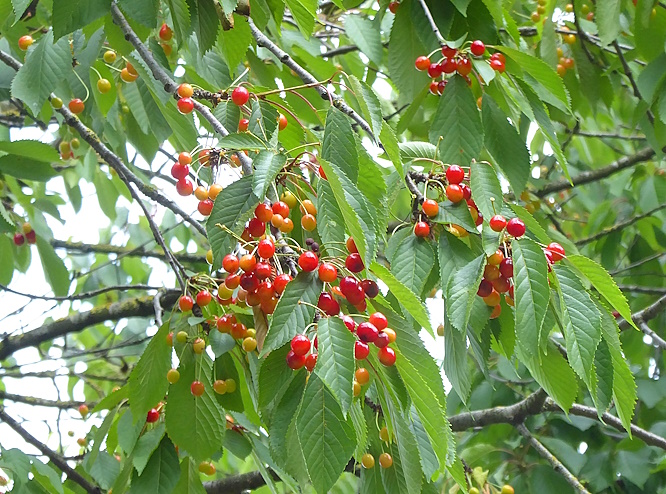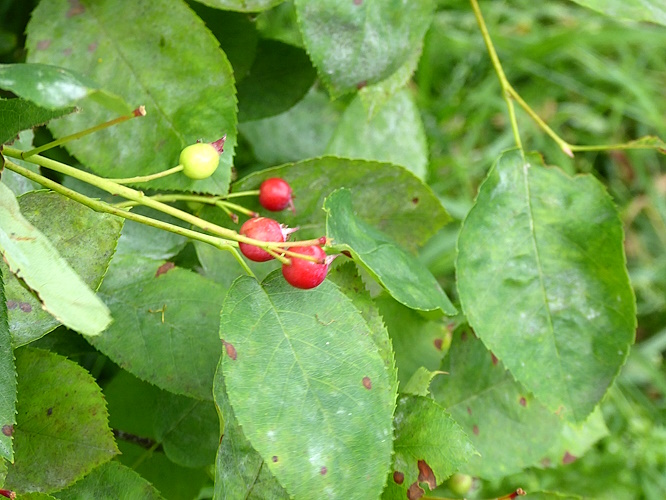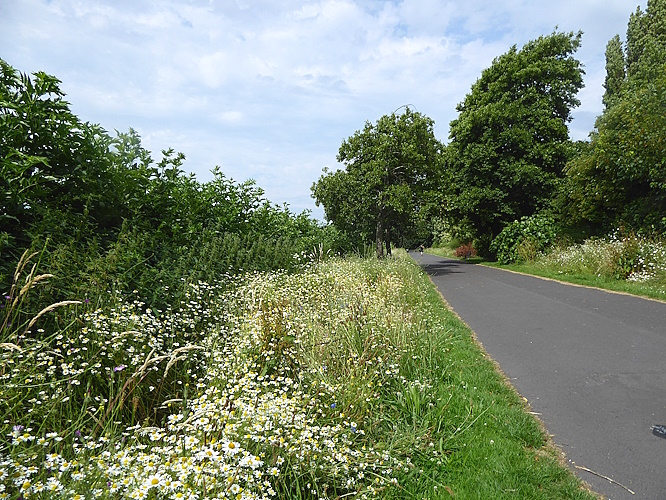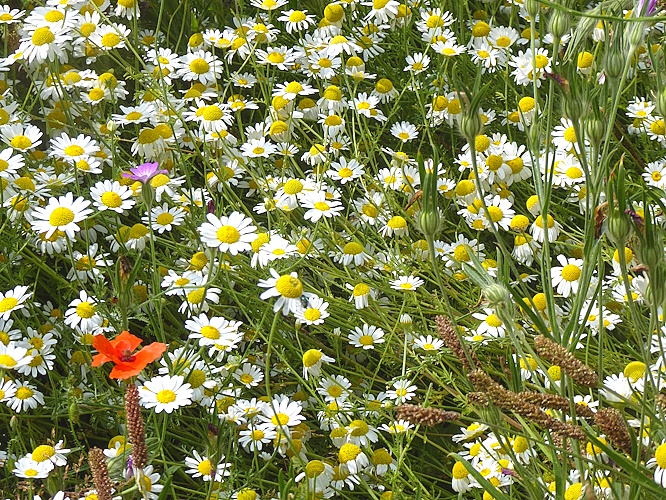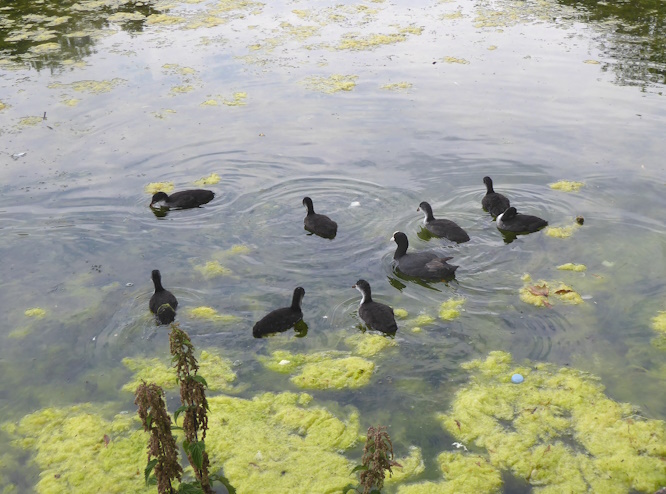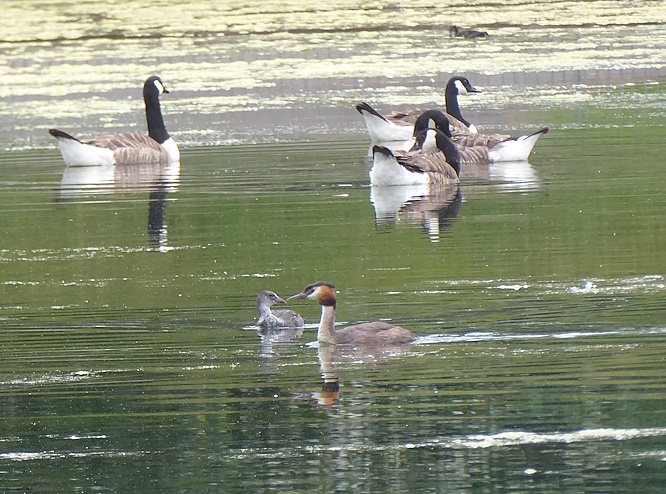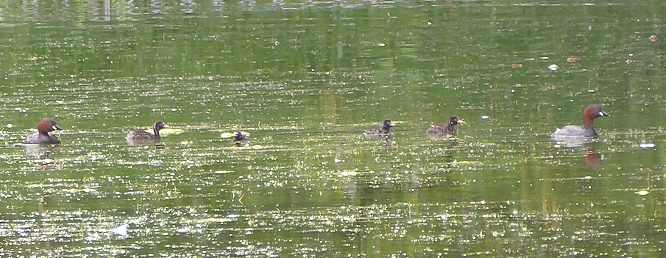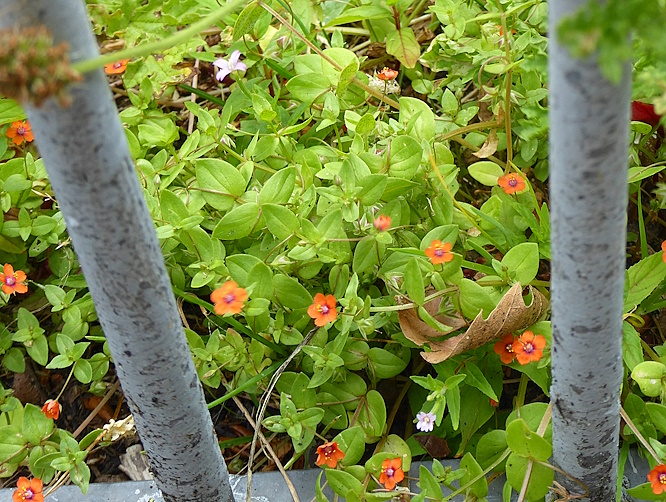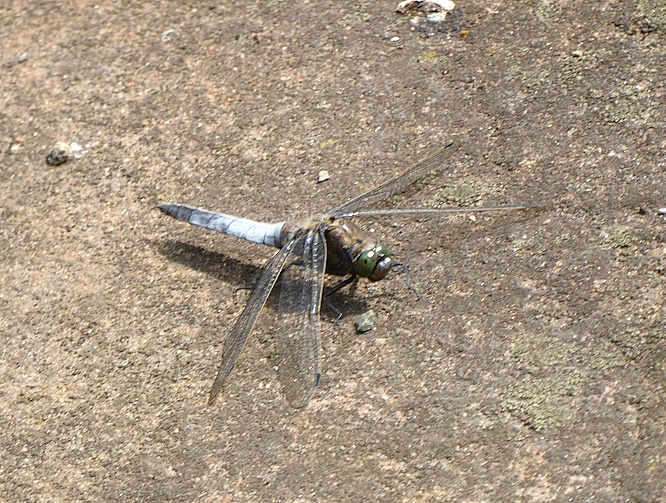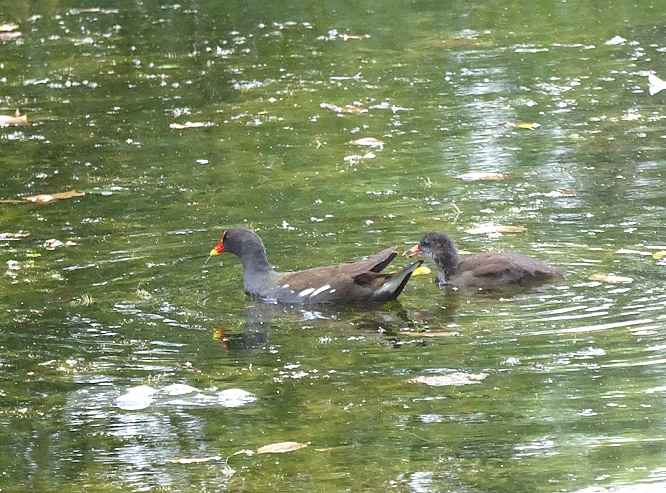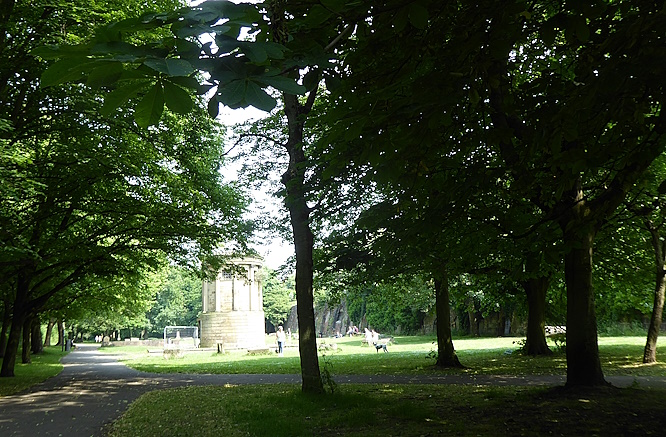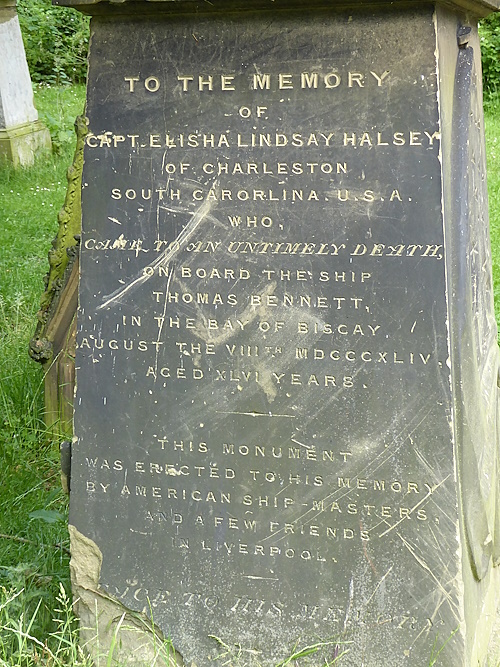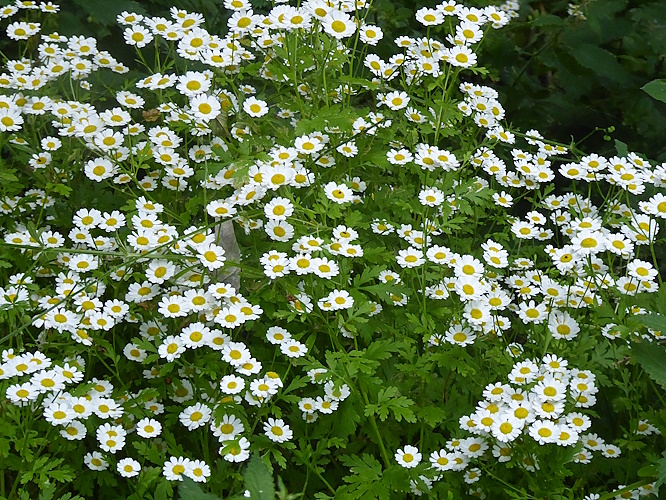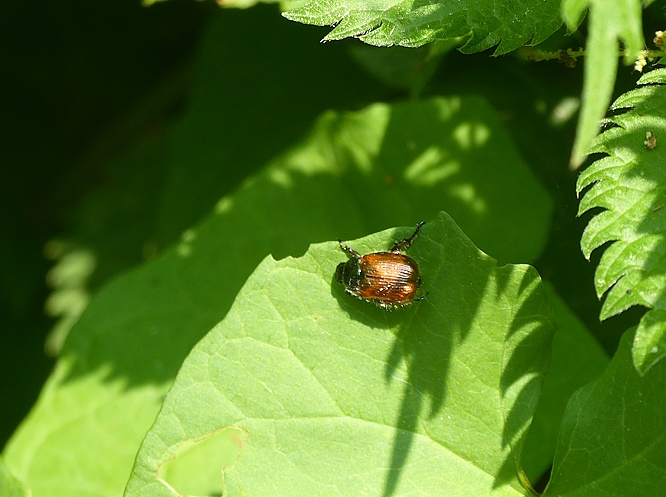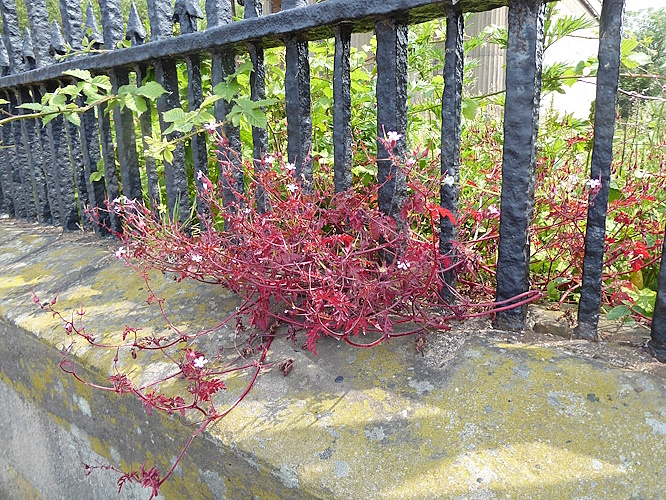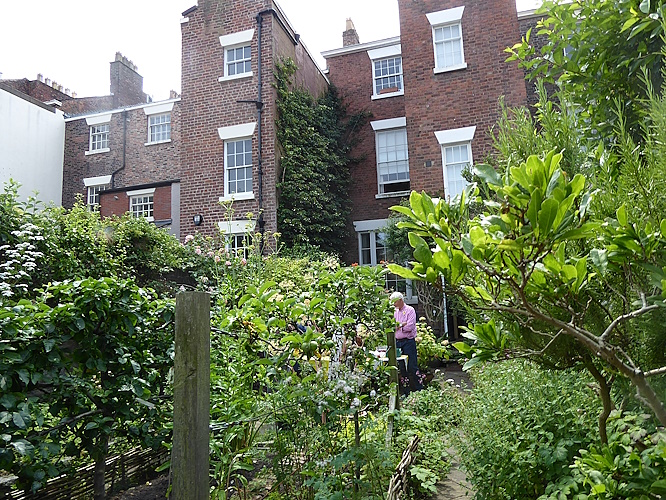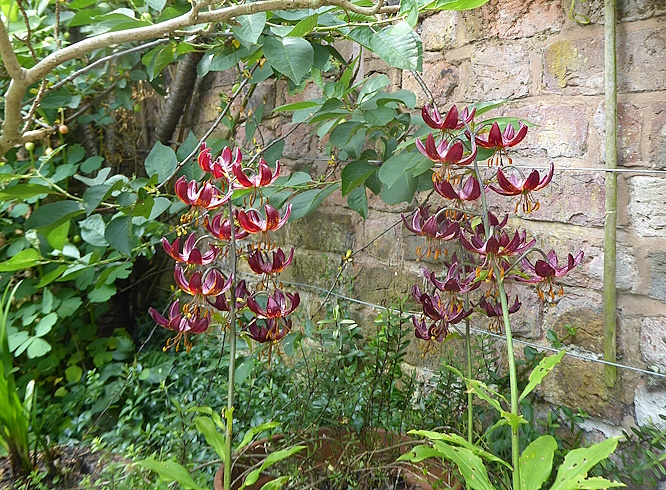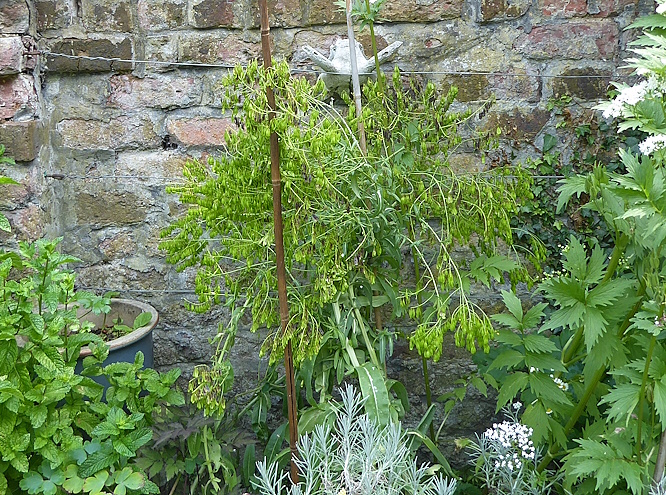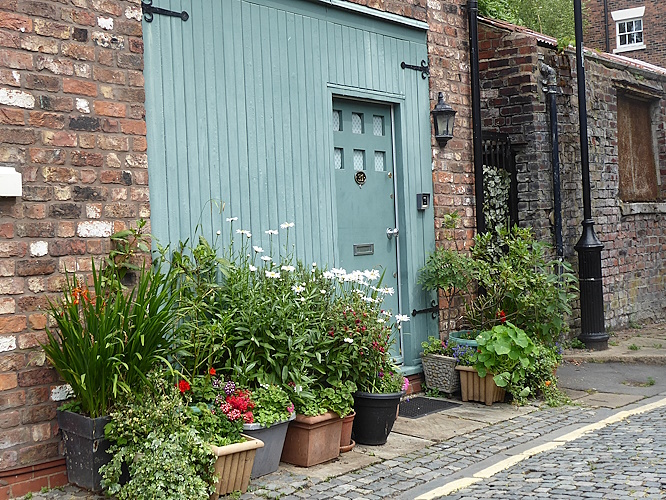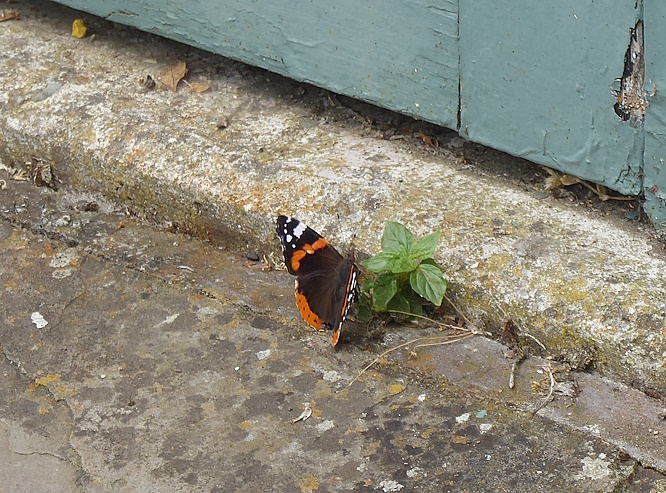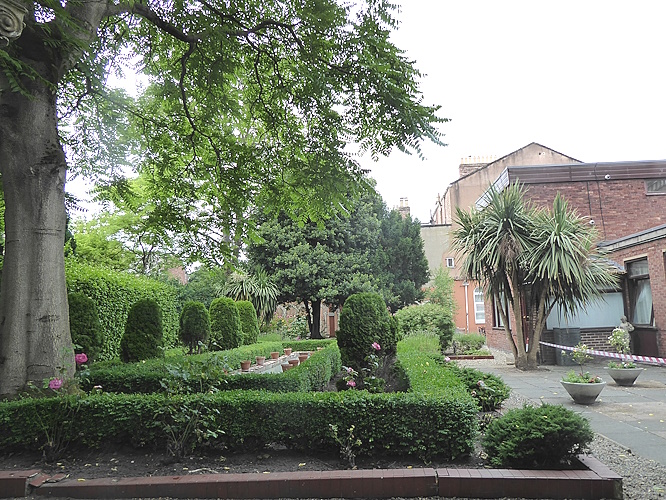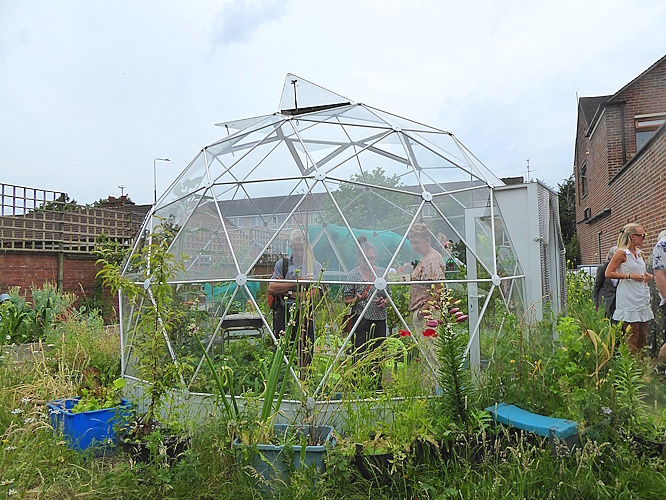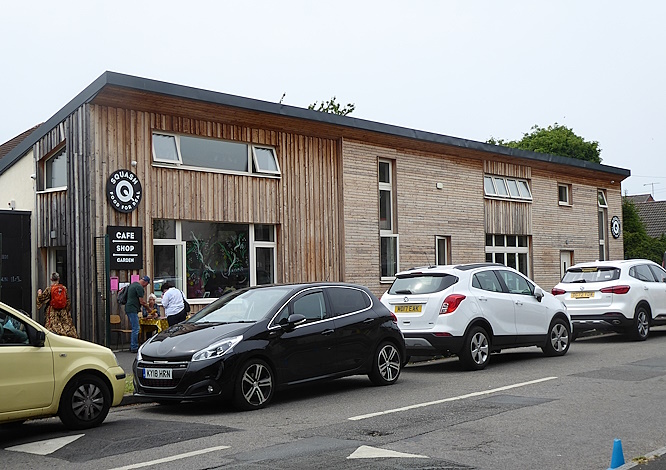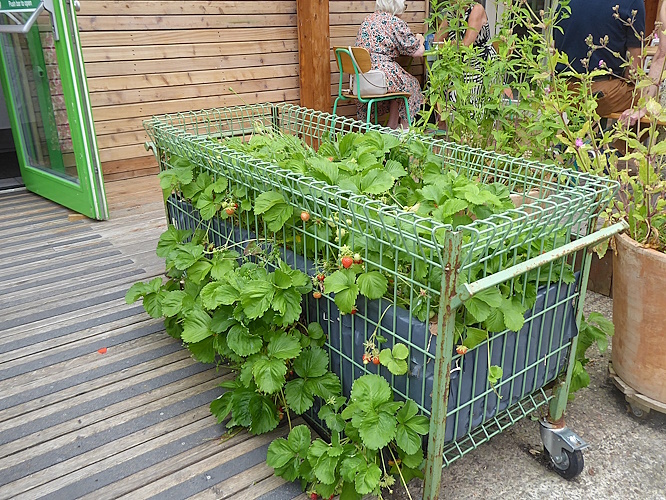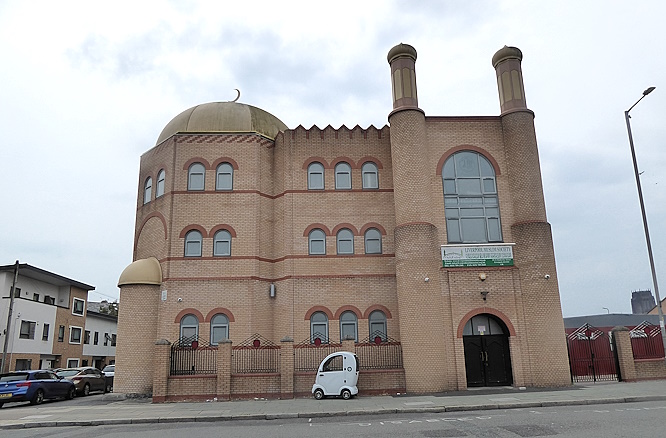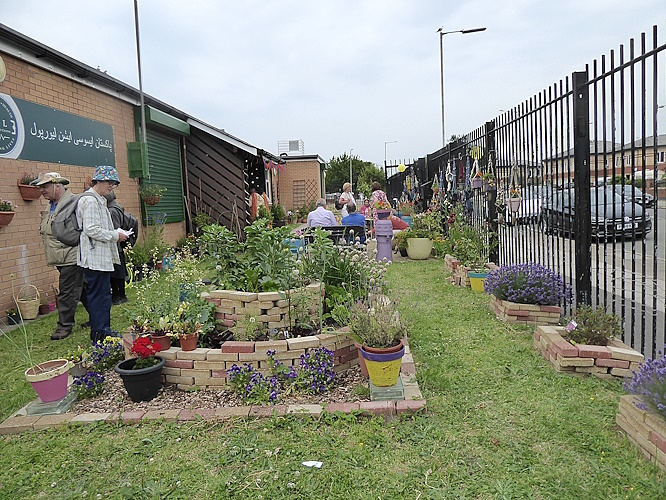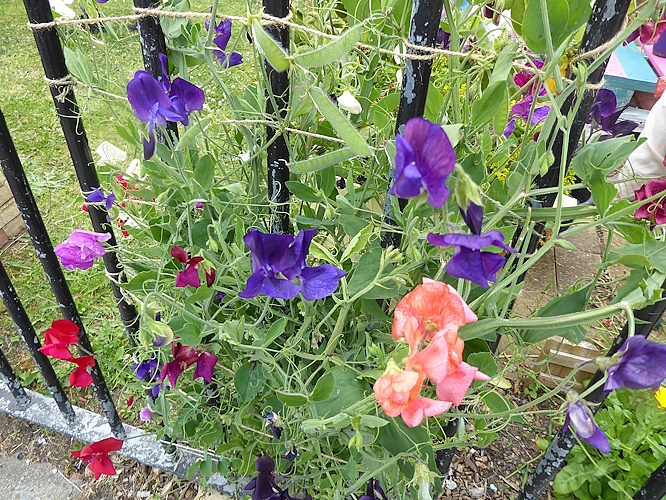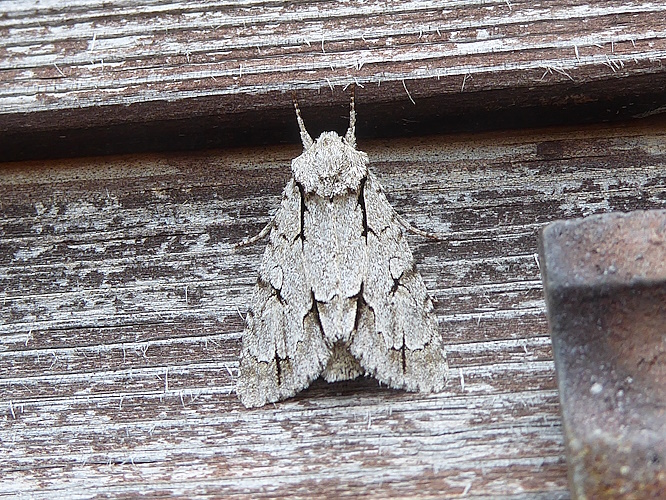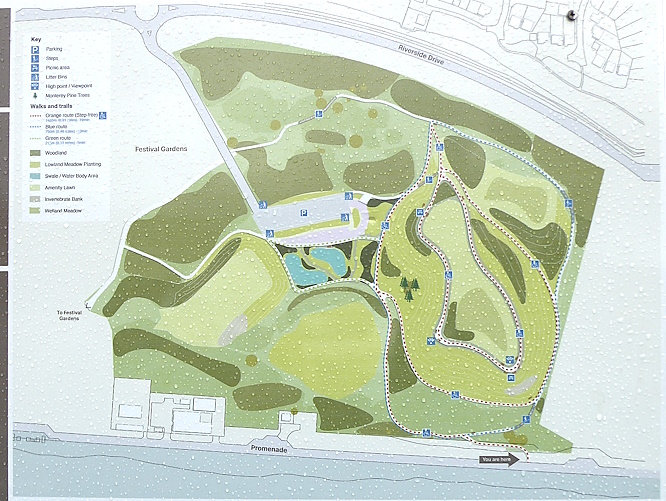
The Southern Grasslands is a new park in Liverpool, south of the Festival Gardens on the Mersey riverfront. The press release says “Over the last two years, over 400,000 cubic metres of soil and waste have been removed from the Festival Gardens development zone, which had previously served as a public waste deposit facility for over 30 years. Over 95% of this material has been recycled, including 100,000 cubic metres of earth that will become an eco-haven for wildlife. The radically redesigned 24-acre green space, which now rises more than 30 feet to provide views of the city centre and the River Mersey, also includes more than 5,700 new trees and shrubs, as well as 2 kilometres of walking paths near the shoreline.”
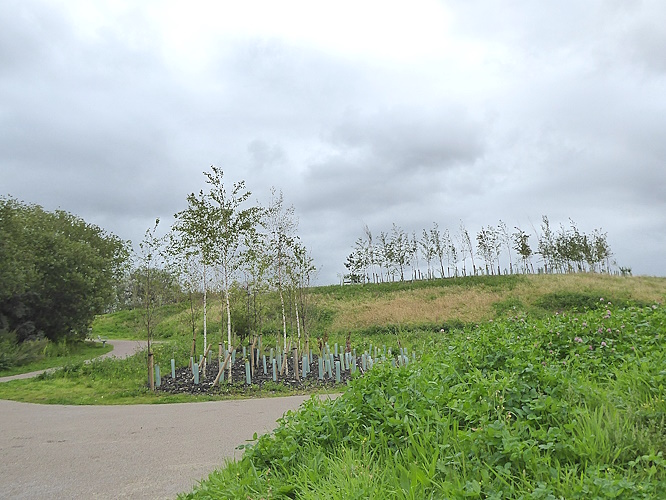
It’s easy enough to get to. Take the train to St Michael’s, turn right through Priory Woods, left along Riverside Drive and right at the Bempton Road roundabout. The park is still quite young and raw, and full of tiny new trees in protective tubes, plus some older ones which must be remnants from the Garden Festival. The new trees were almost exclusively natives – Hawthorn, various Willows, various Oaks, Birch, Scots Pine, Rowan, Alder, Holly – and shrubs Dogwood, Guelder Rose, Broom, Gorse, Buddleia, Dog Rose. Sea Buckthorn was an unusual one, and we did see the small red leaves of Purple Cherry Plum, Prunus cerasifera.
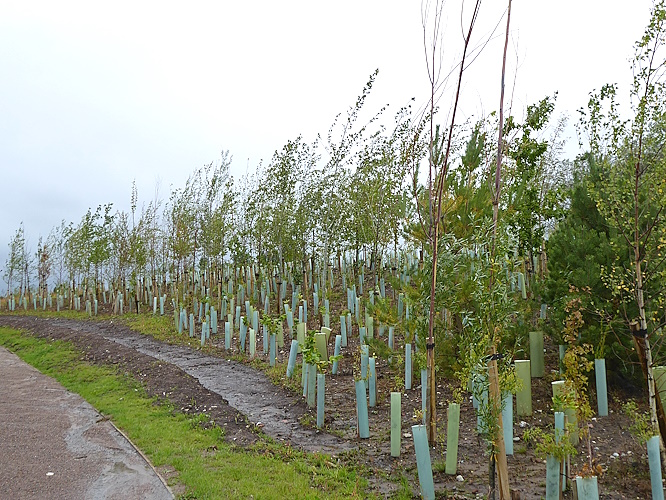
There were very few birds using those tiny trees, although we did spot a Magpie and a Carrion Crow. To our surprise a bird clinging to the top of a slightly larger sapling, then coming down to bare earth, turned out to be a Wheatear. Best bird for several weeks!
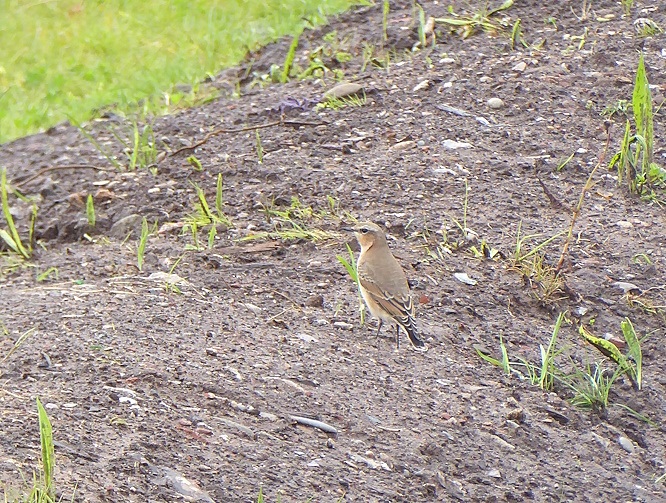
There was a huge variety of flowers along the path edges. Mostly the early colonisers (which some call weeds) – Red and White Clover, Bird’s Foot Trefoil, Yarrow, Evening Primrose, Wild Carrot, Hop Trefoil, Ribwort Plantain, Mugwort, Black Nightshade, Woody Nightshade, Scentless Mayweed, one of the Sow-Thistles, one of the Melilots, Michaelmas Daisies, Ragwort, Rosebay Willowherb, Purple Loosestrife. So far, so ordinary.
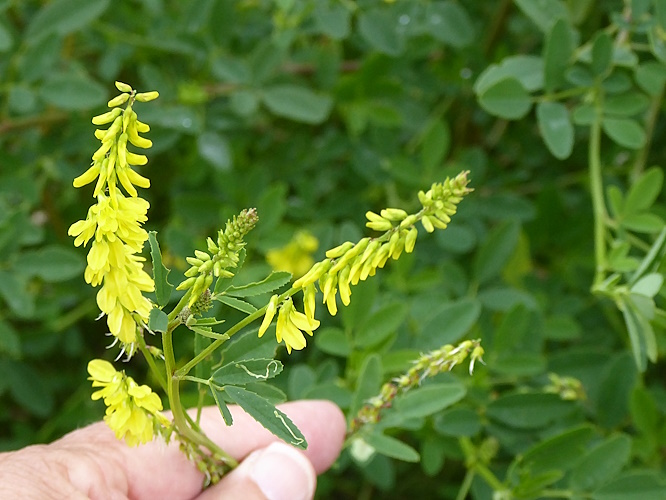
But there were some more unusual ones scattered about, like one that looked like a yellow Mugwort. I have had a good rummage, but I can’t see a wild yellow variety, unless it’s some “garden” type.
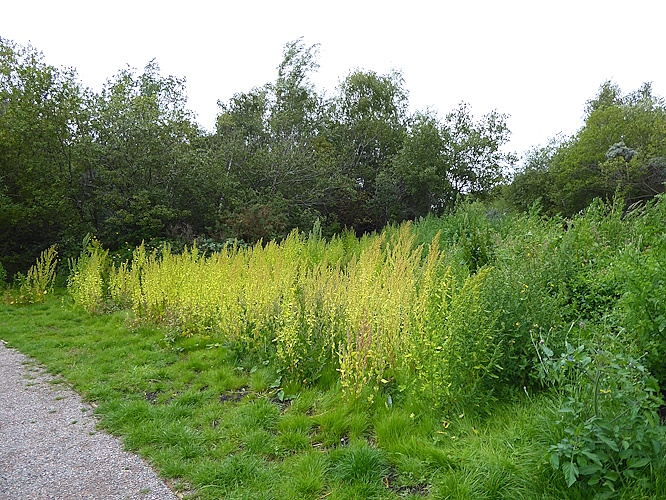
There was lots of Redleg, Perrsicaria maculosa, identified on iNature as “Lady’s Thumb”, which is an alternate name, but not from around here! Some of it was looking a lighter pink, with green stems and some were clearly the related white species called Pale Persicaria, Persicaria lapathifolia. Perhaps the seed was from a mixed hybridised source.
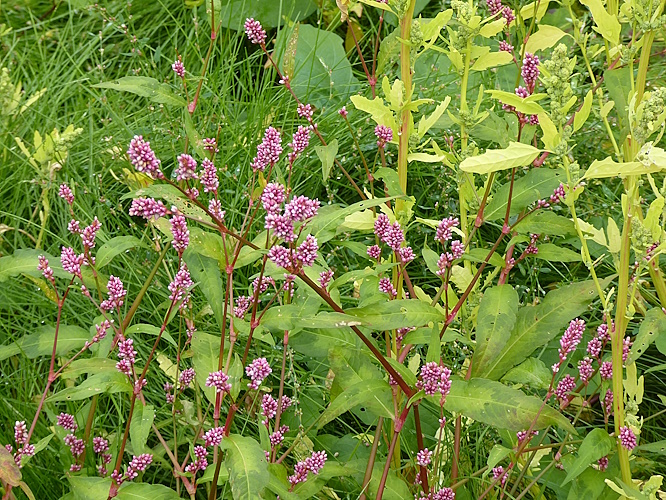
Then, on the berms around the car park, many of the plants were looking very garden-ish. Were the banks built up from garden compost? There were Wild Strawberries, an unusual Dark Mullein and a couple of Tomato plants, which are very definitely not wild natives.
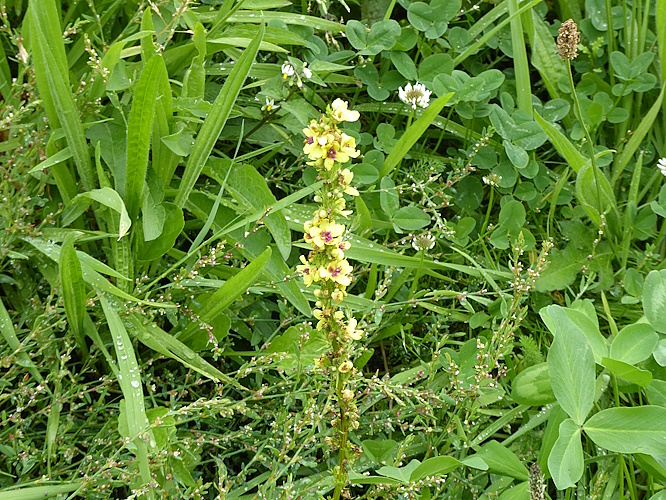
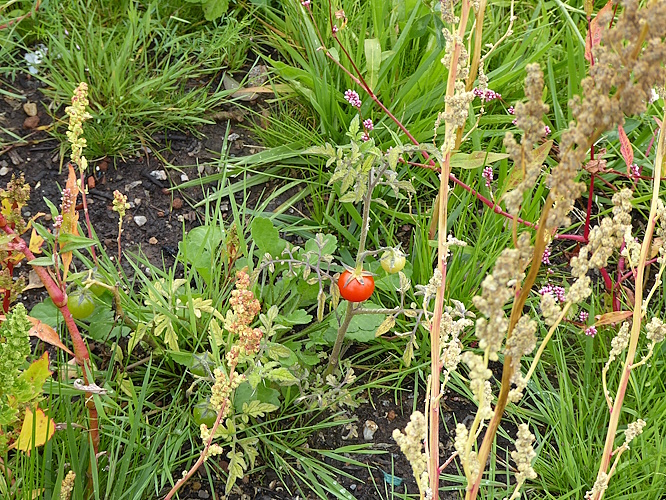
There were interesting views of the river and the Wirral from the top, but they will disappear as the tree grow.
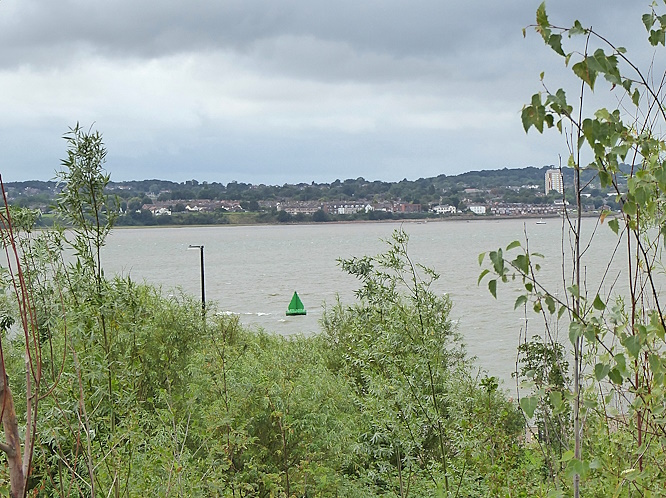
When we thought about lunch a cold drizzly squall blew in, and we retreated.
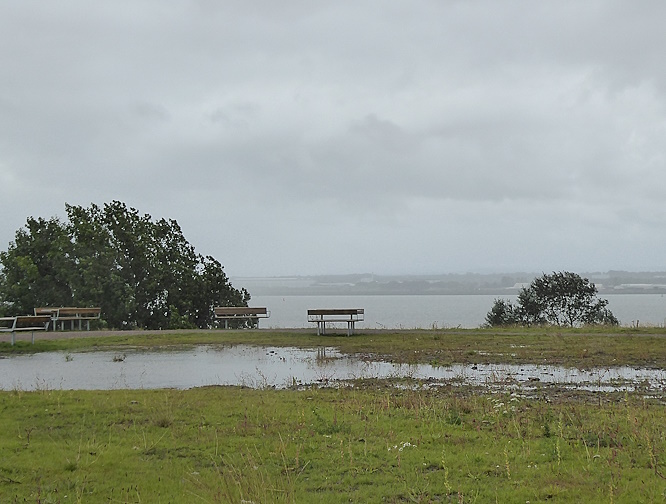
So we headed back to the Festival gardens and found a dry spot for lunch after the rain had stopped. Then back up through Priory Woods, a quick look at St Michael’s-in-the-Hamlet church, then home.
Public transport details: Train from Central at 10.13, arriving St Michael’s at 10.20. Returned from St Michaels at 13.46, which took me all the way home.

